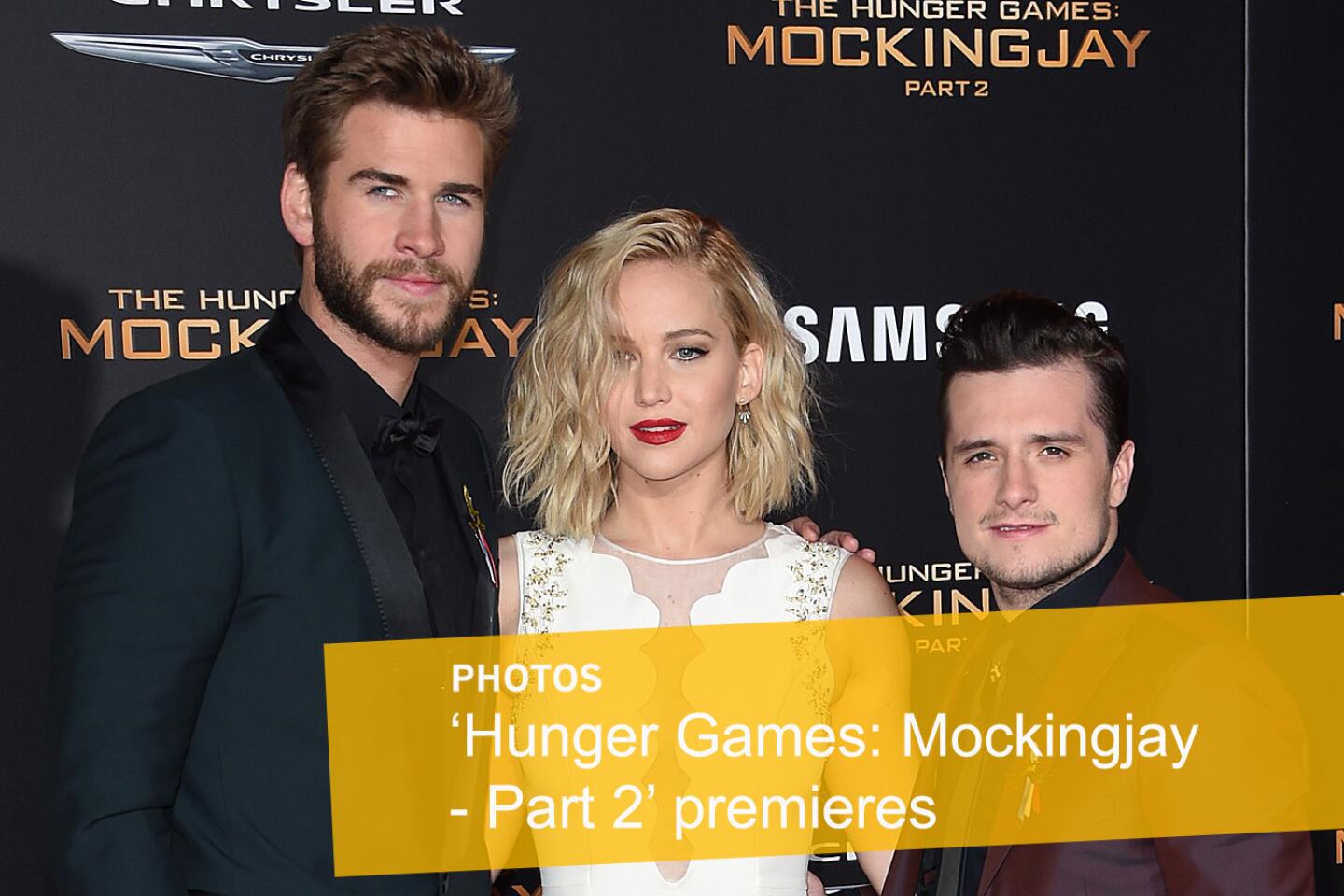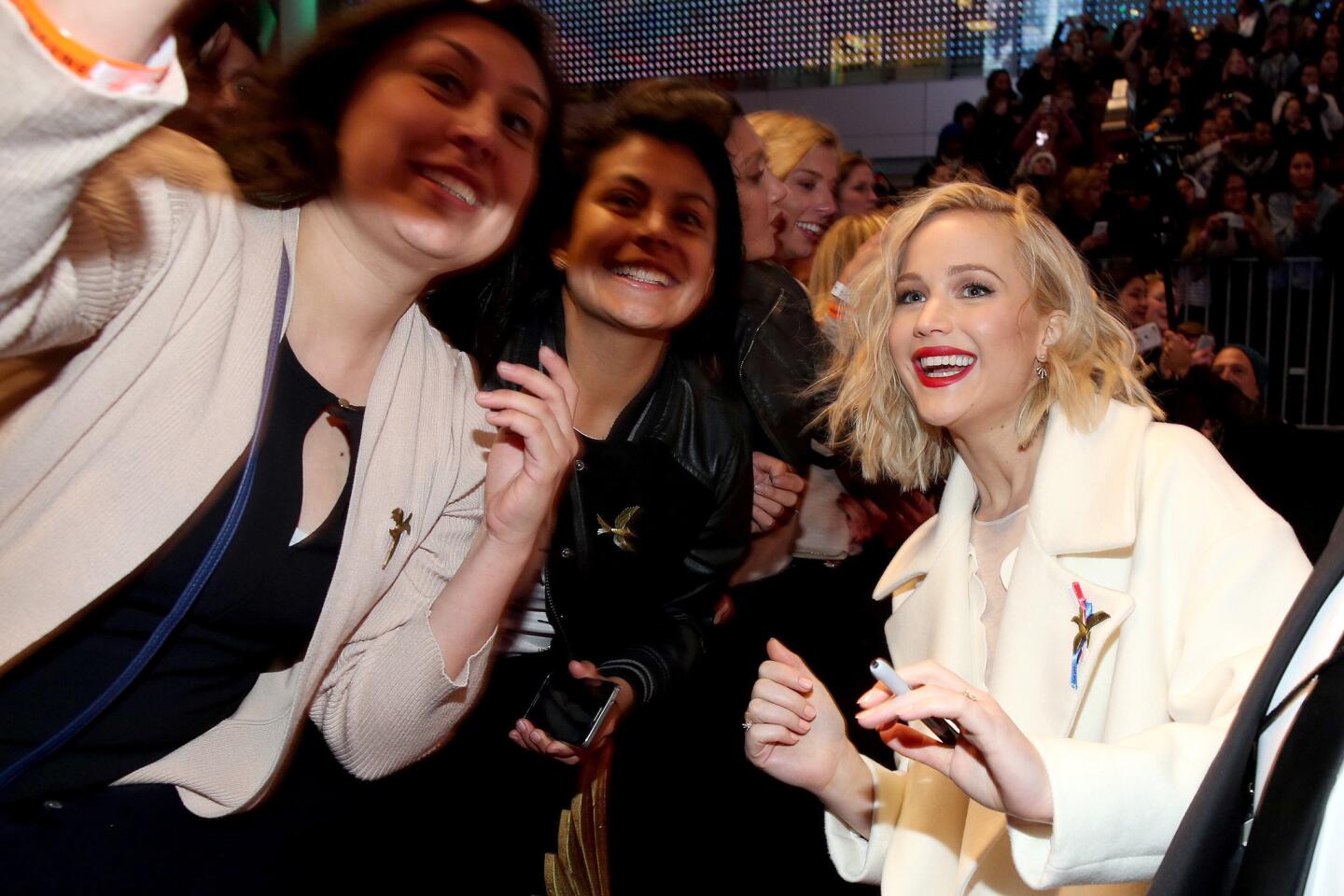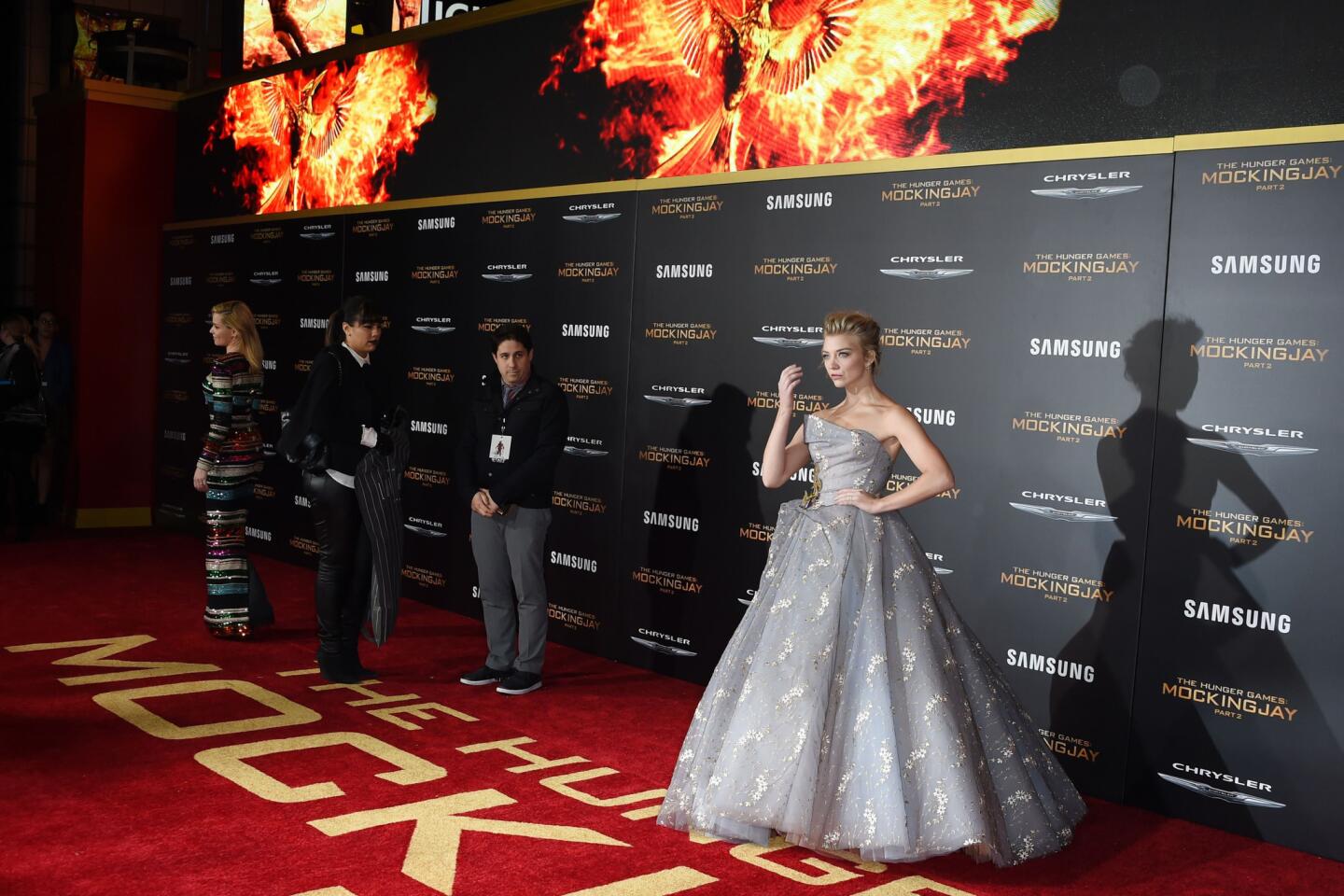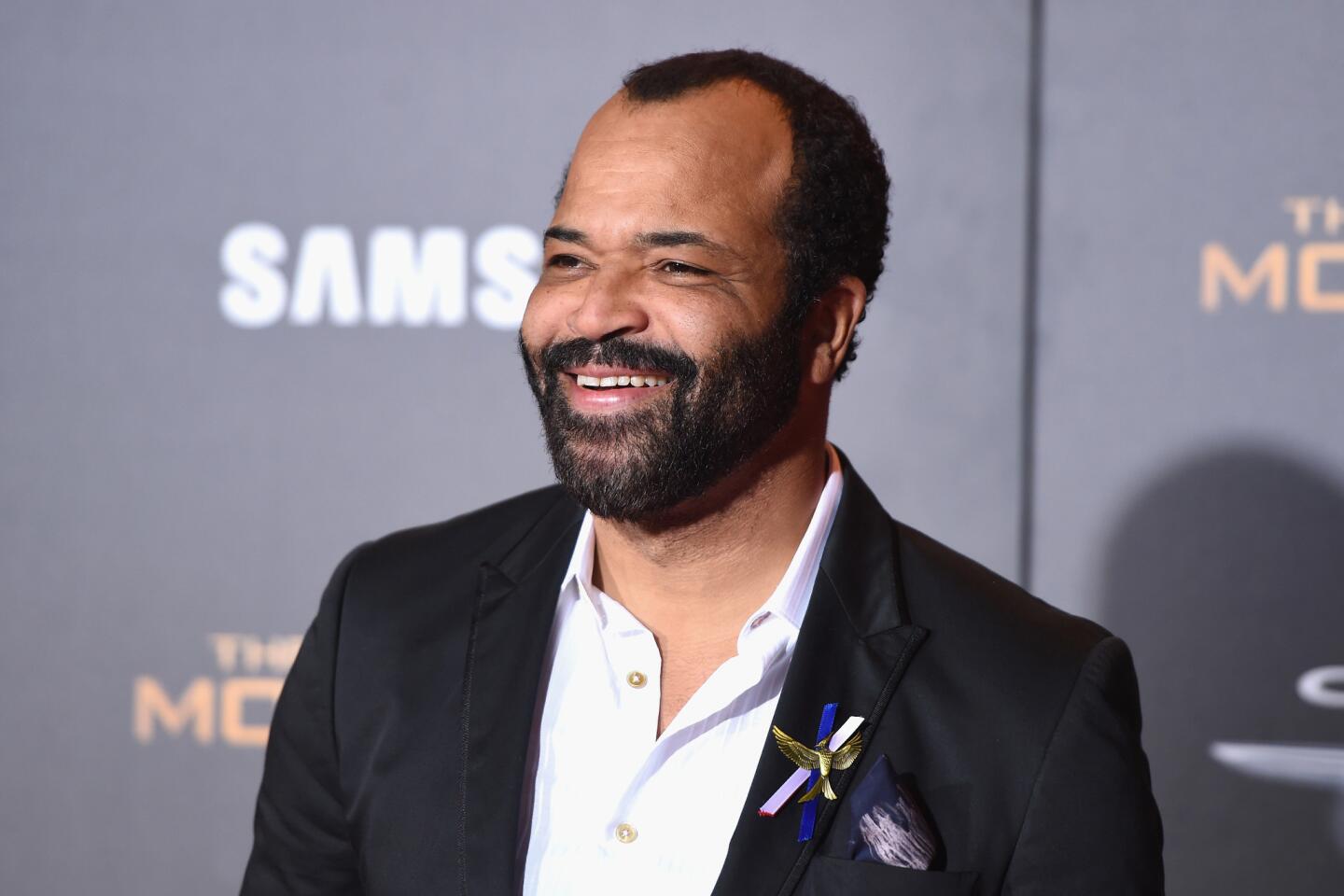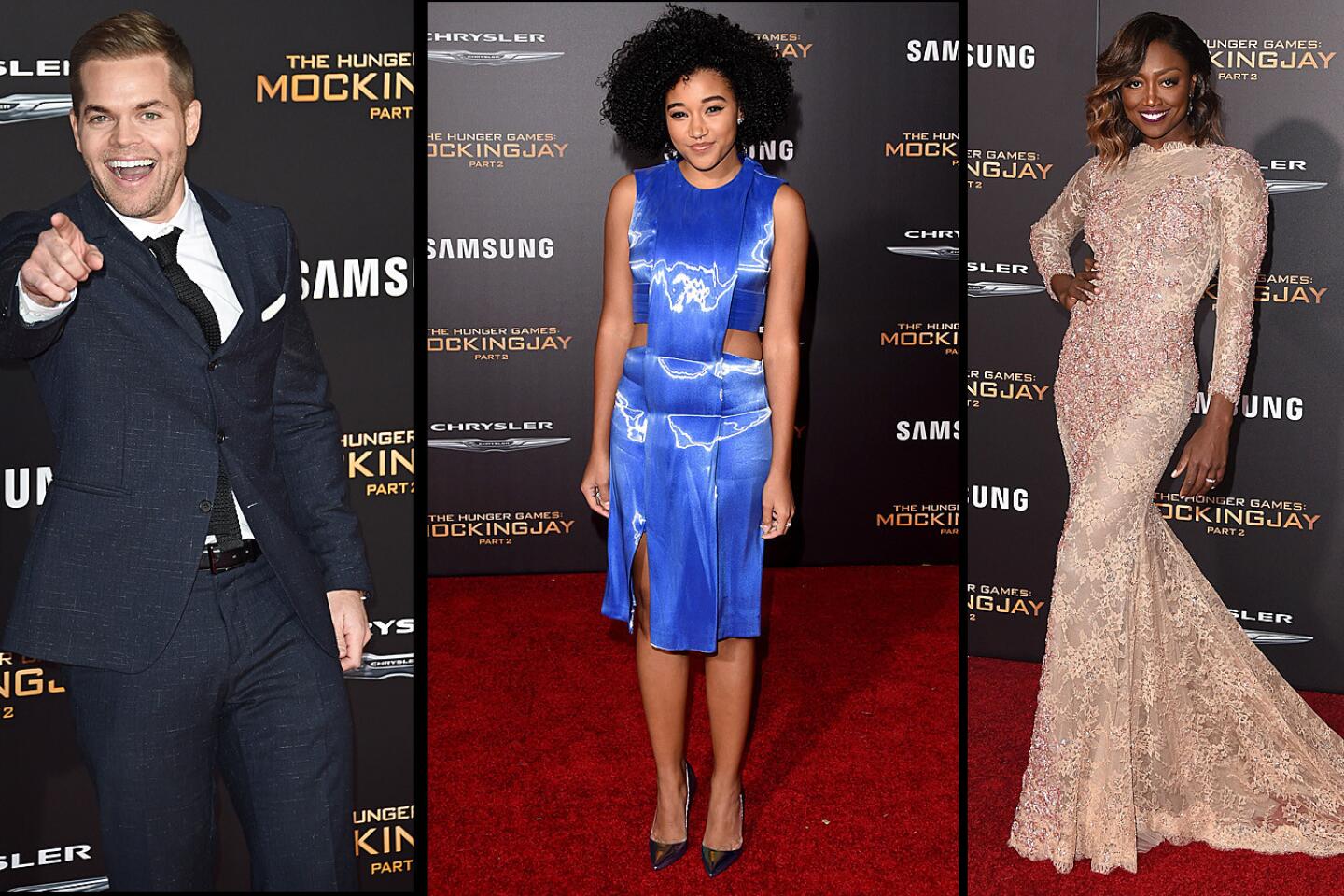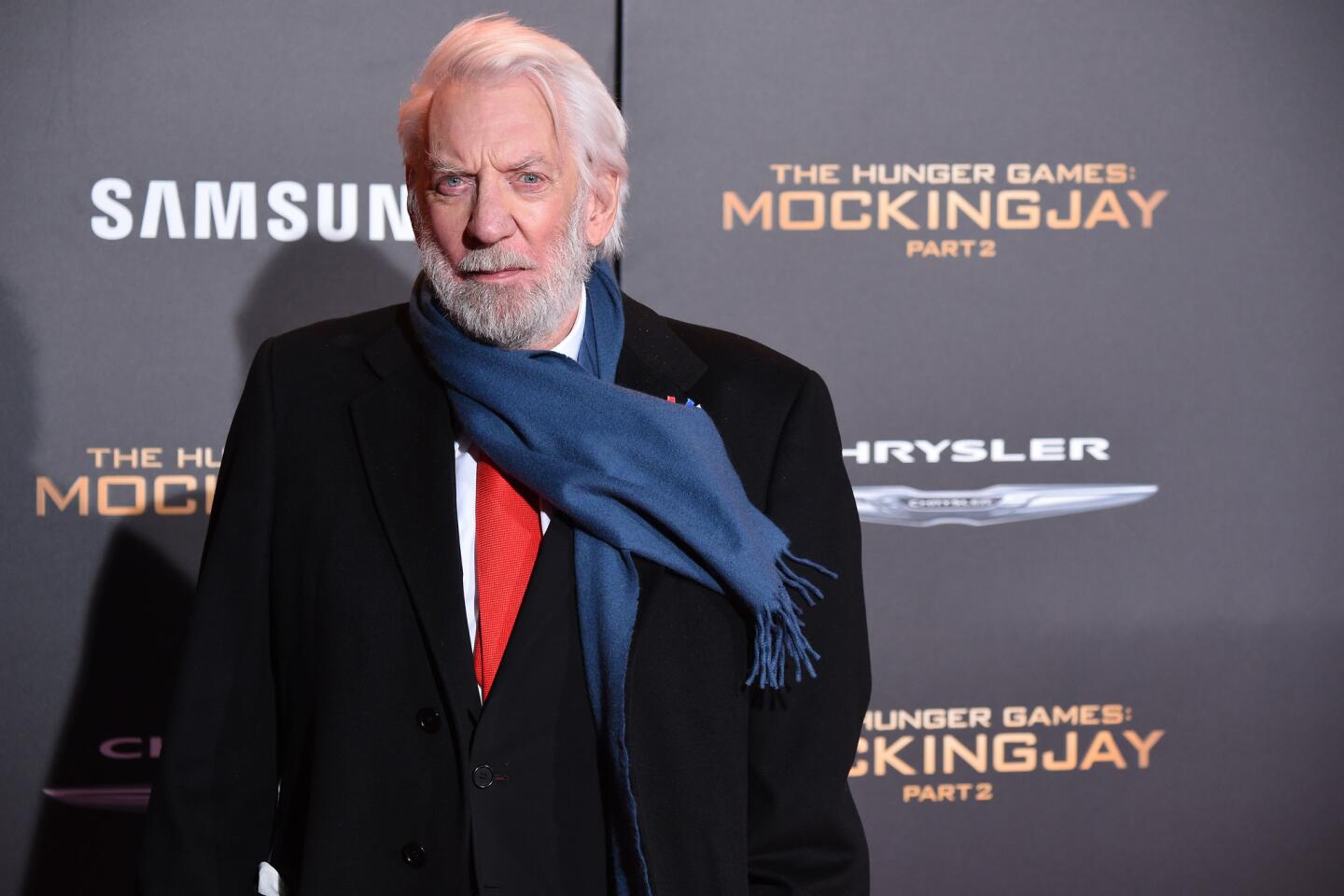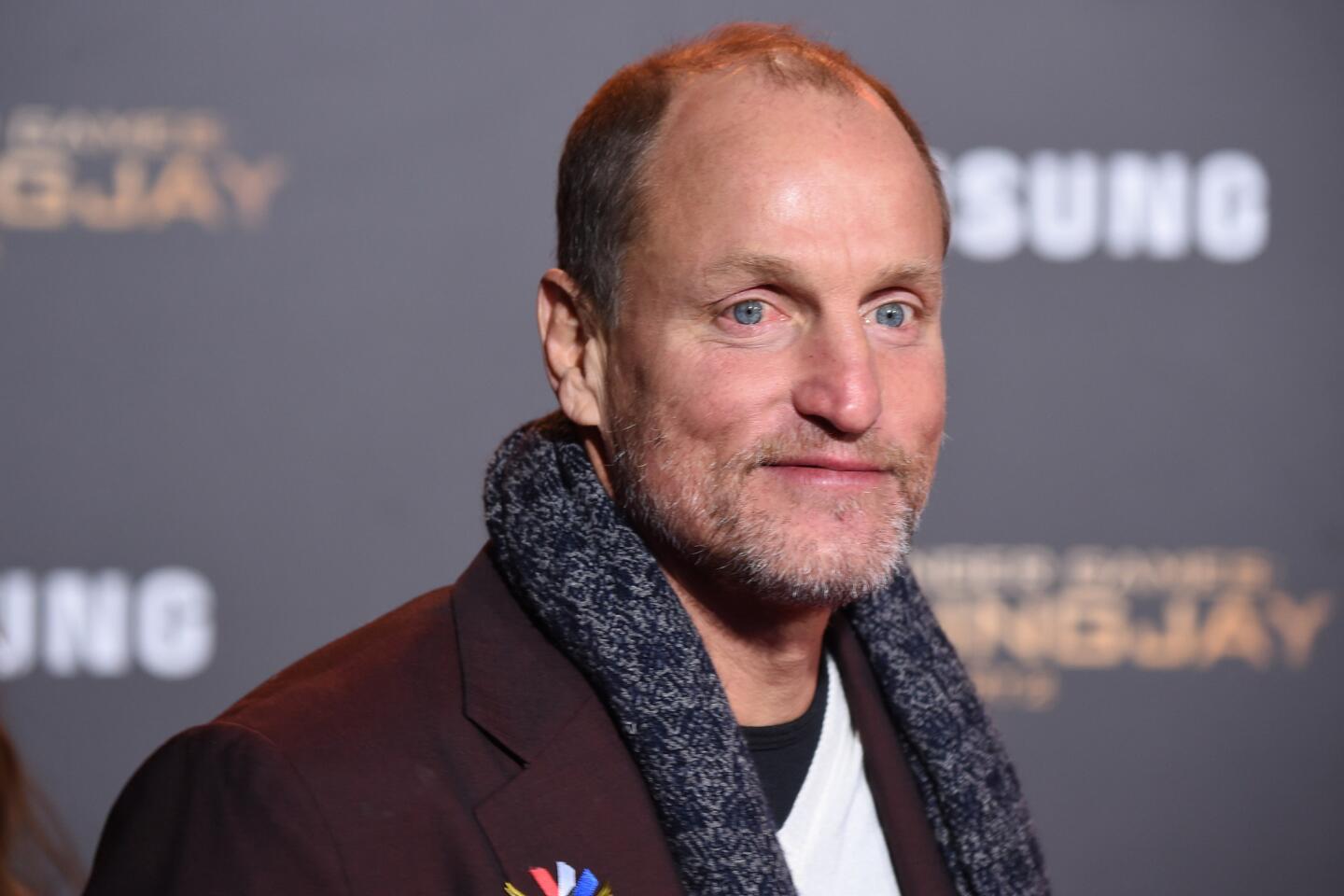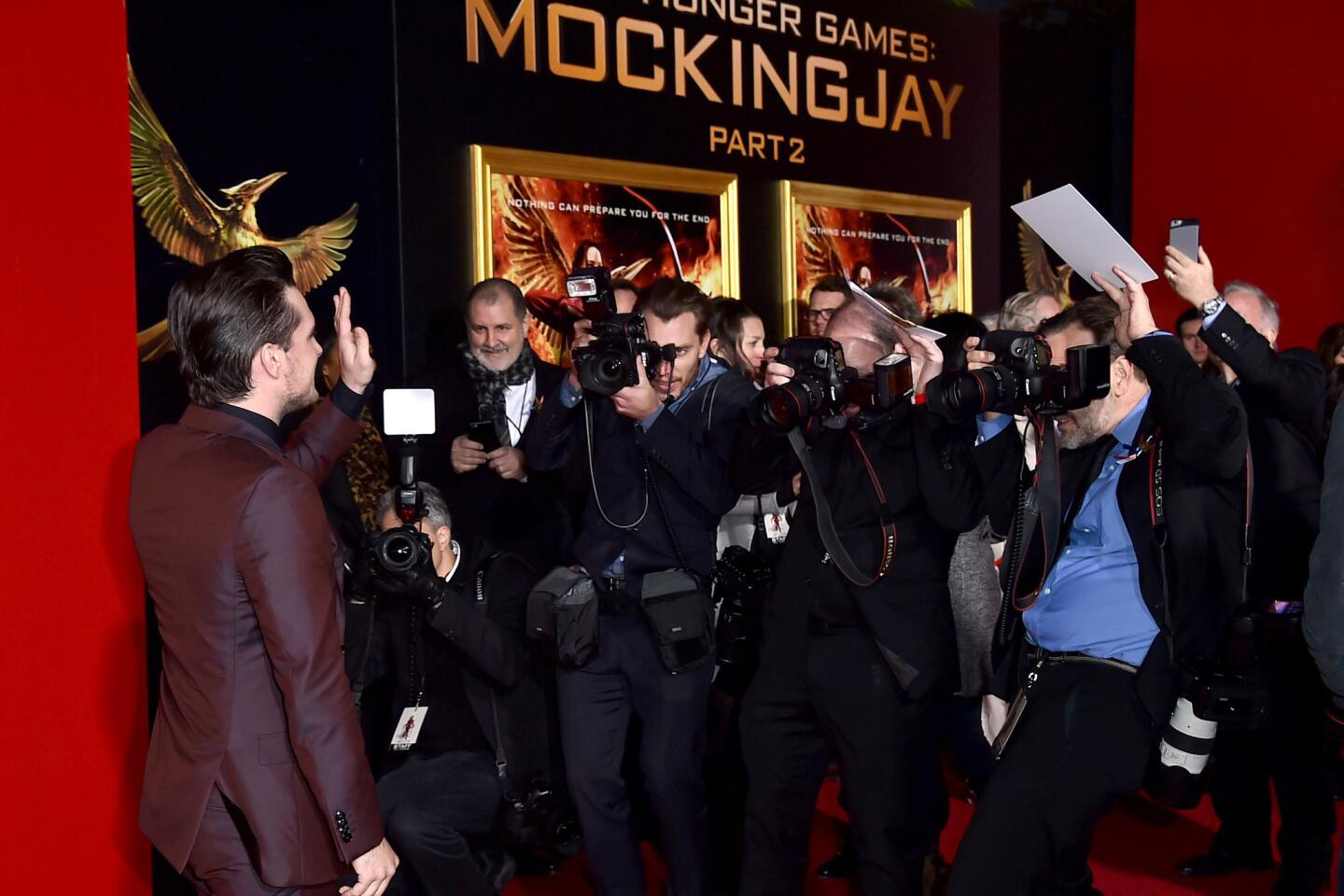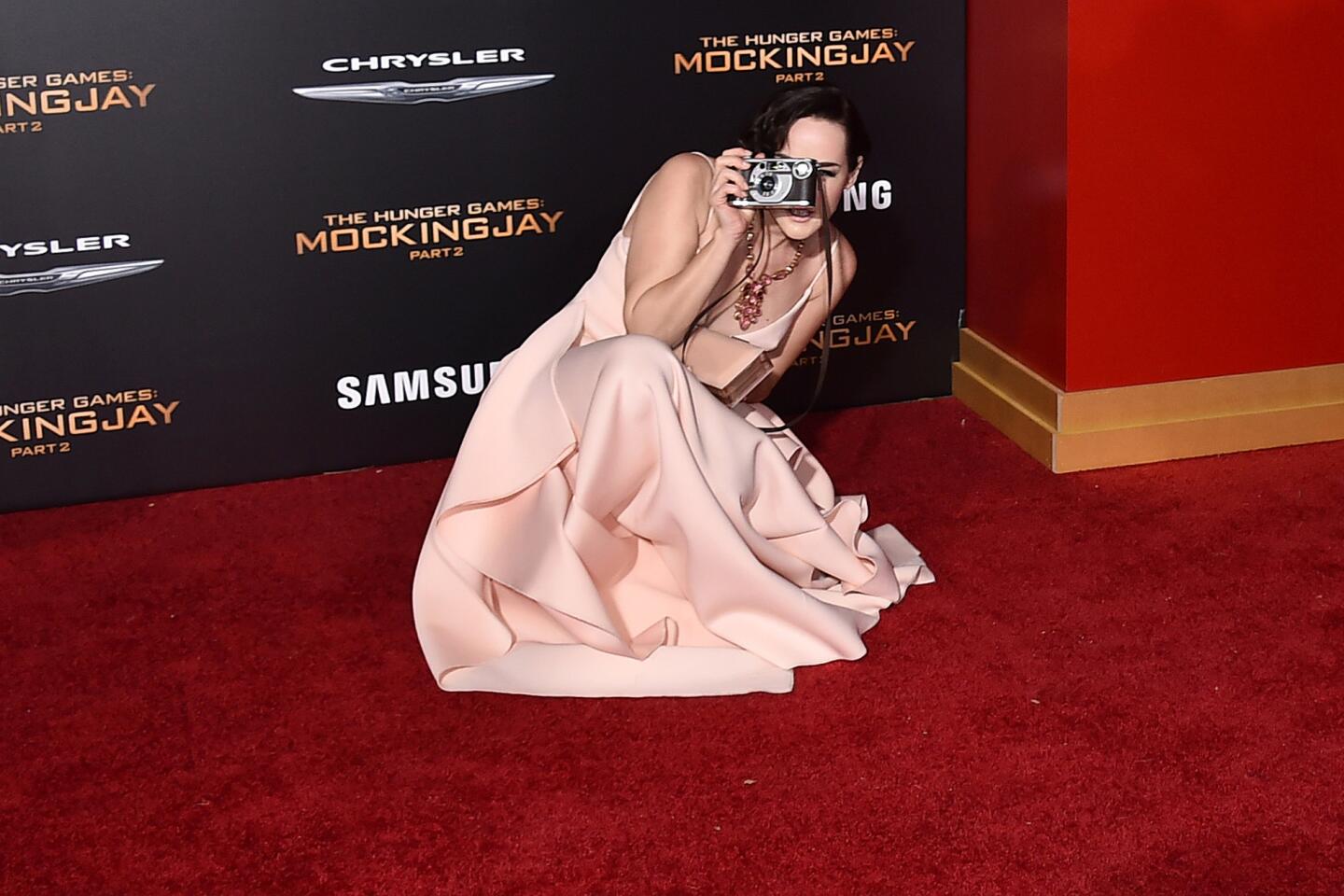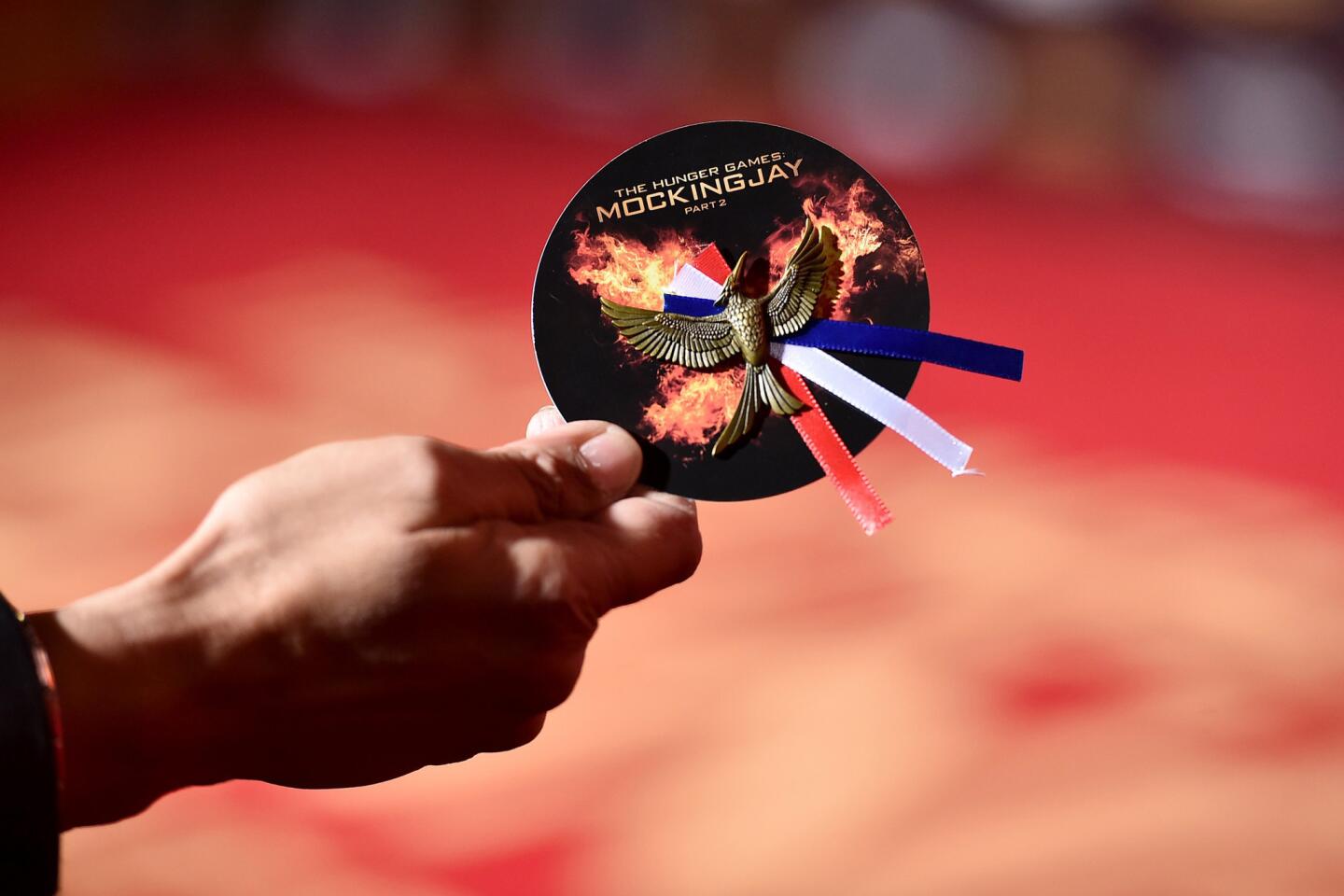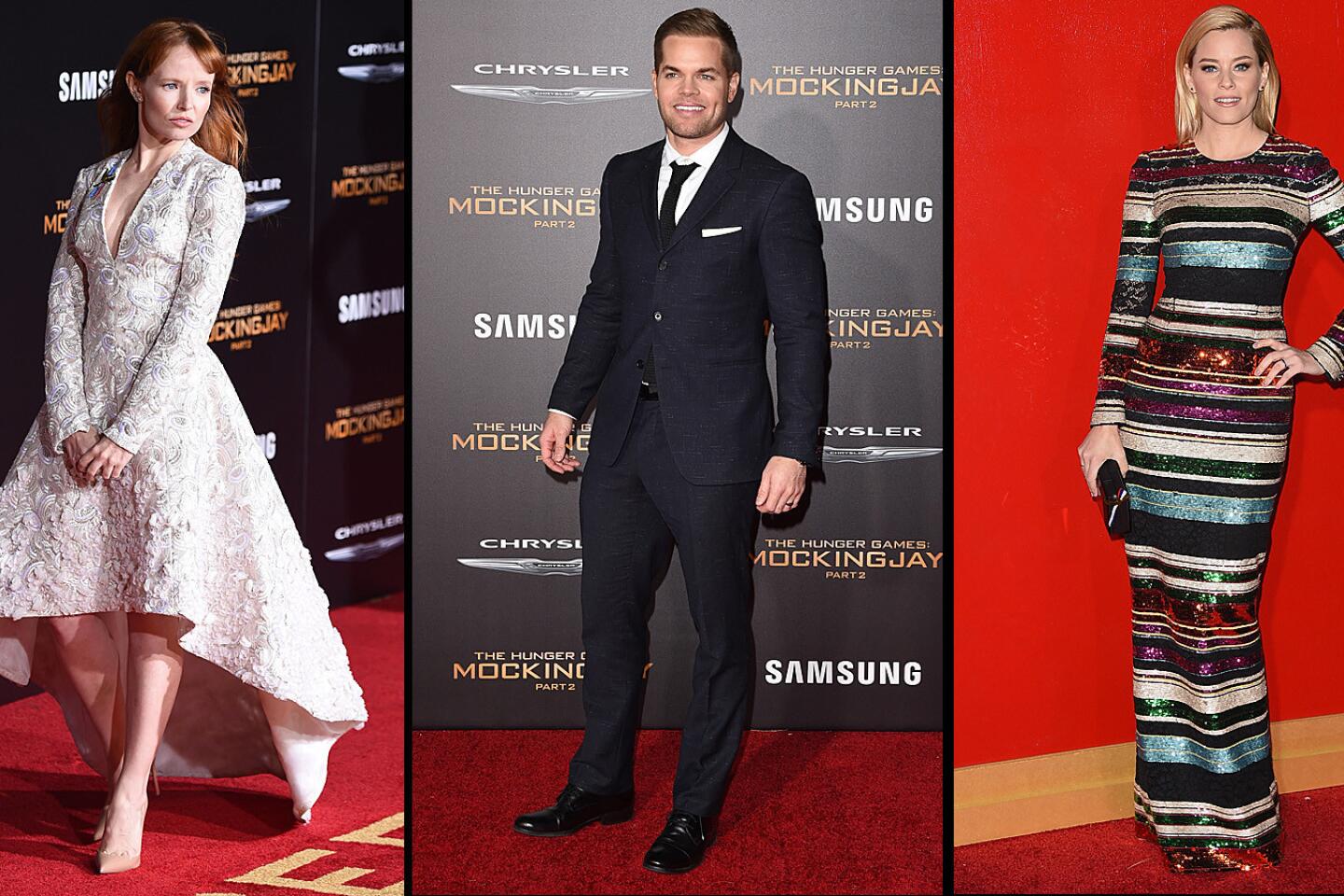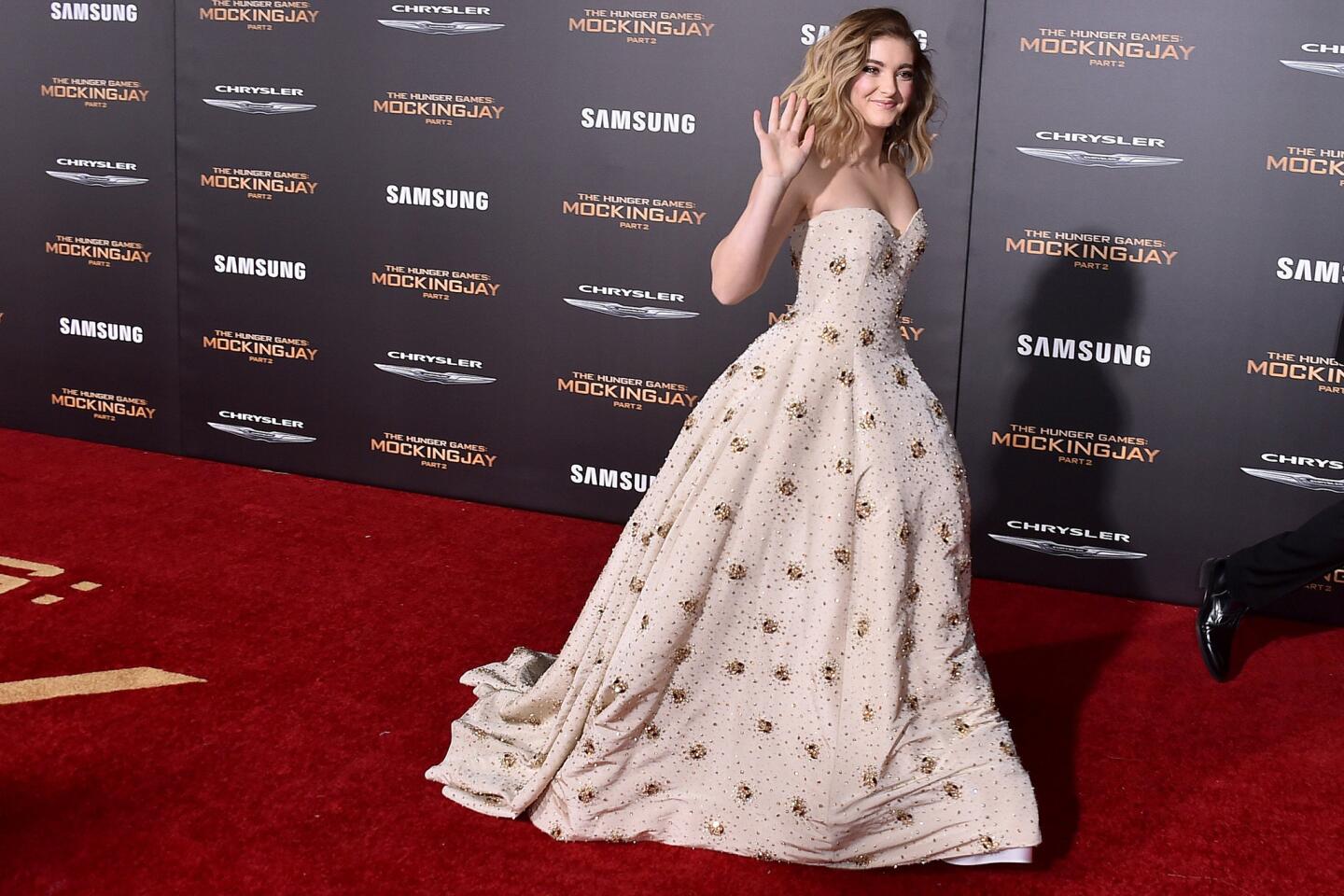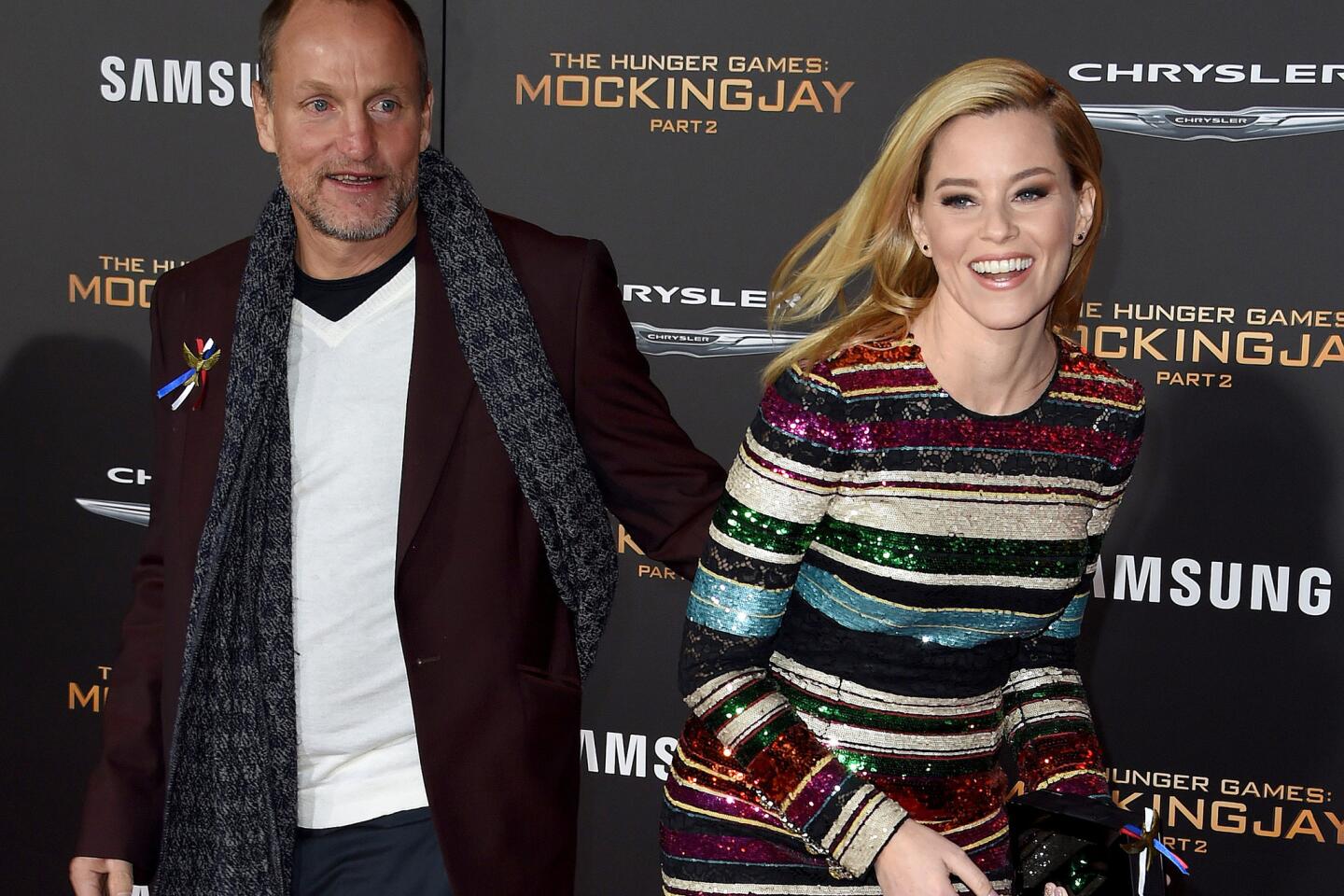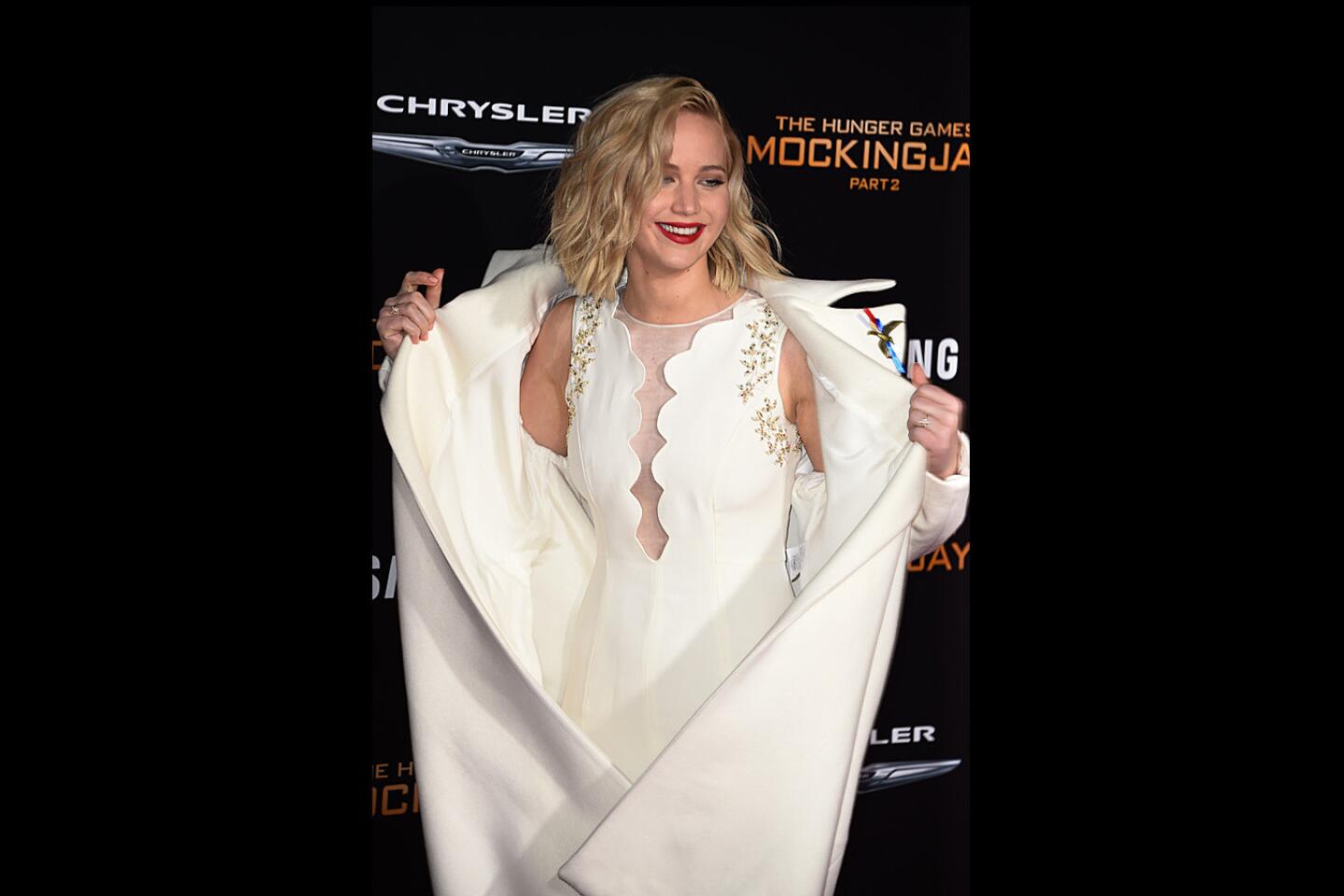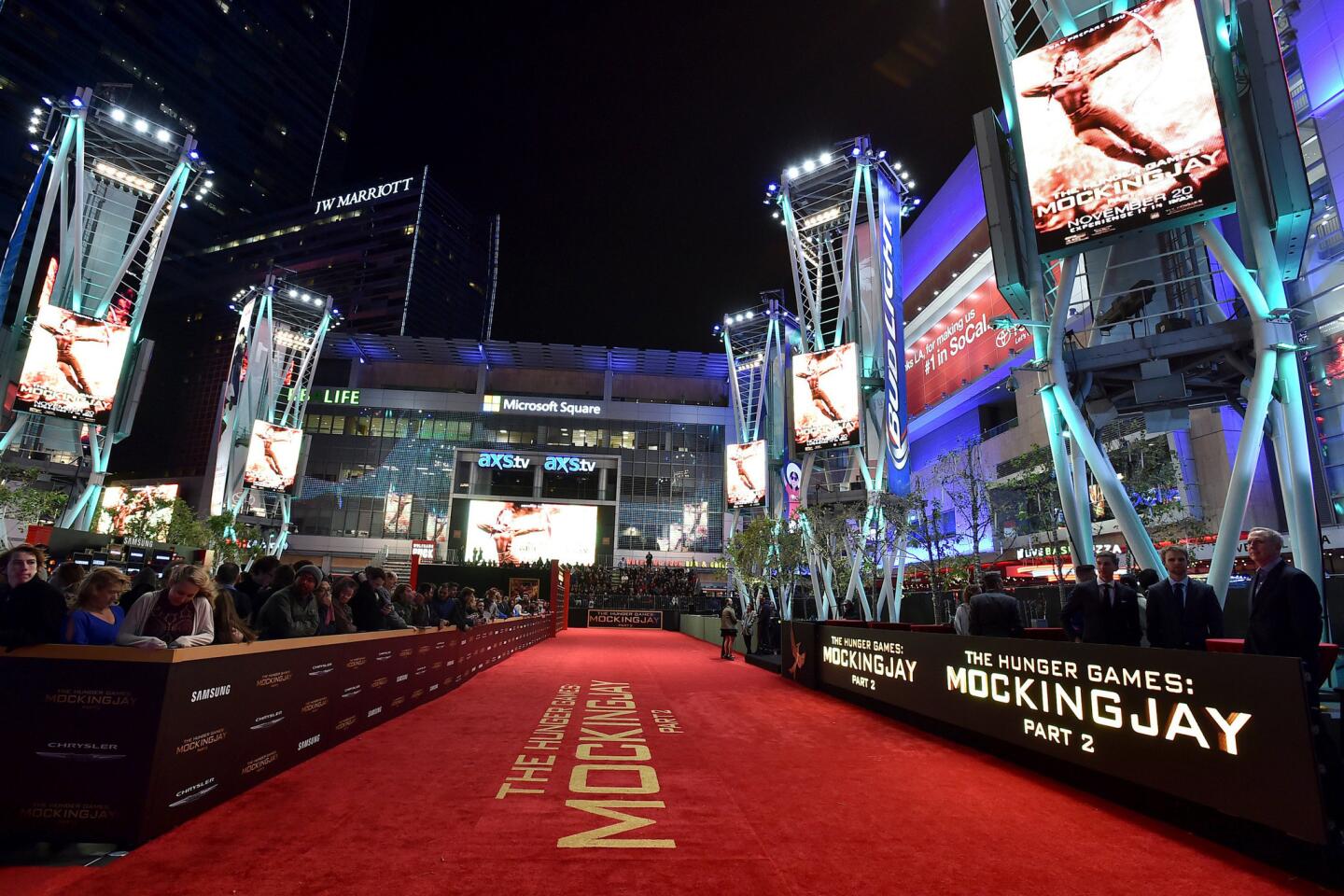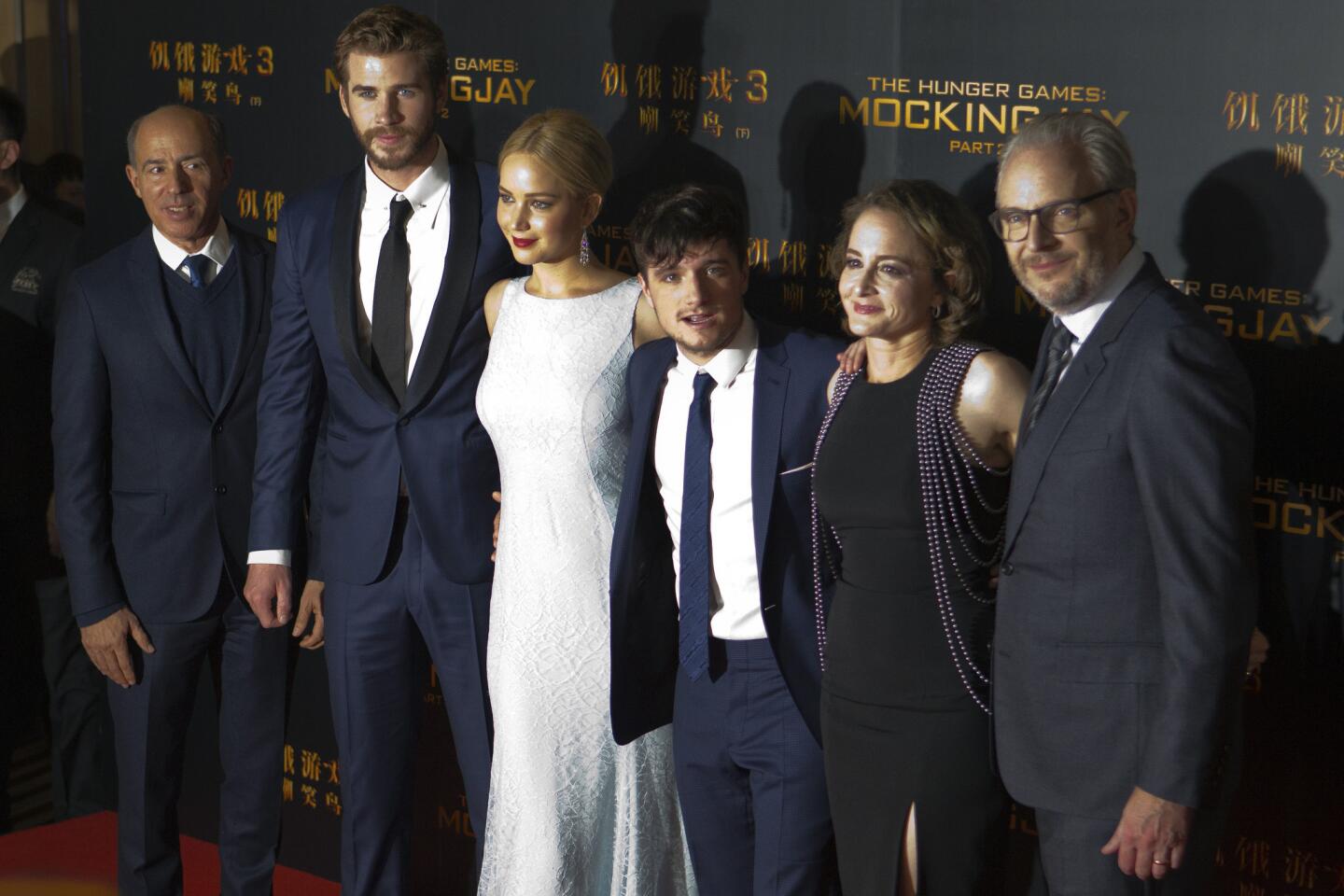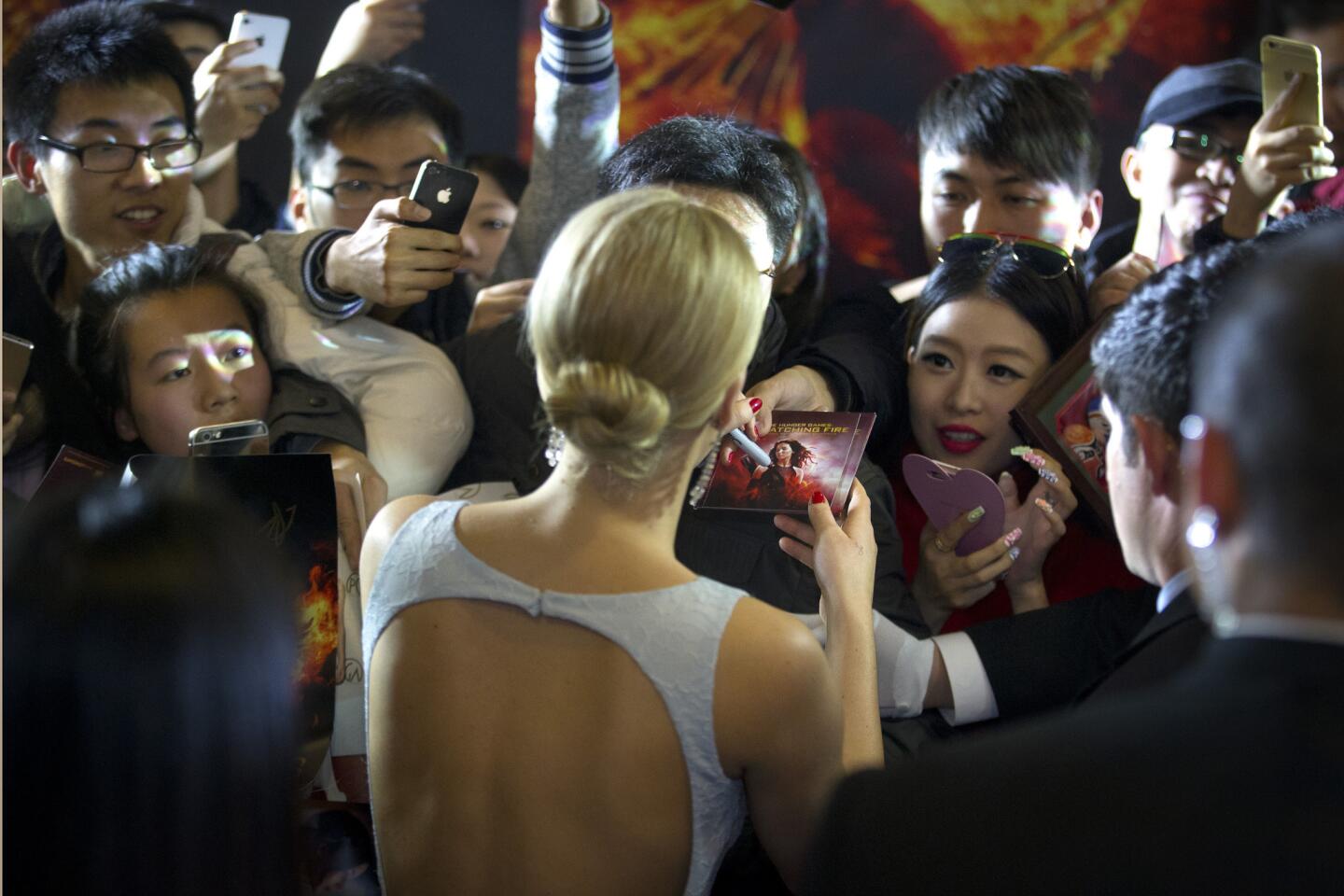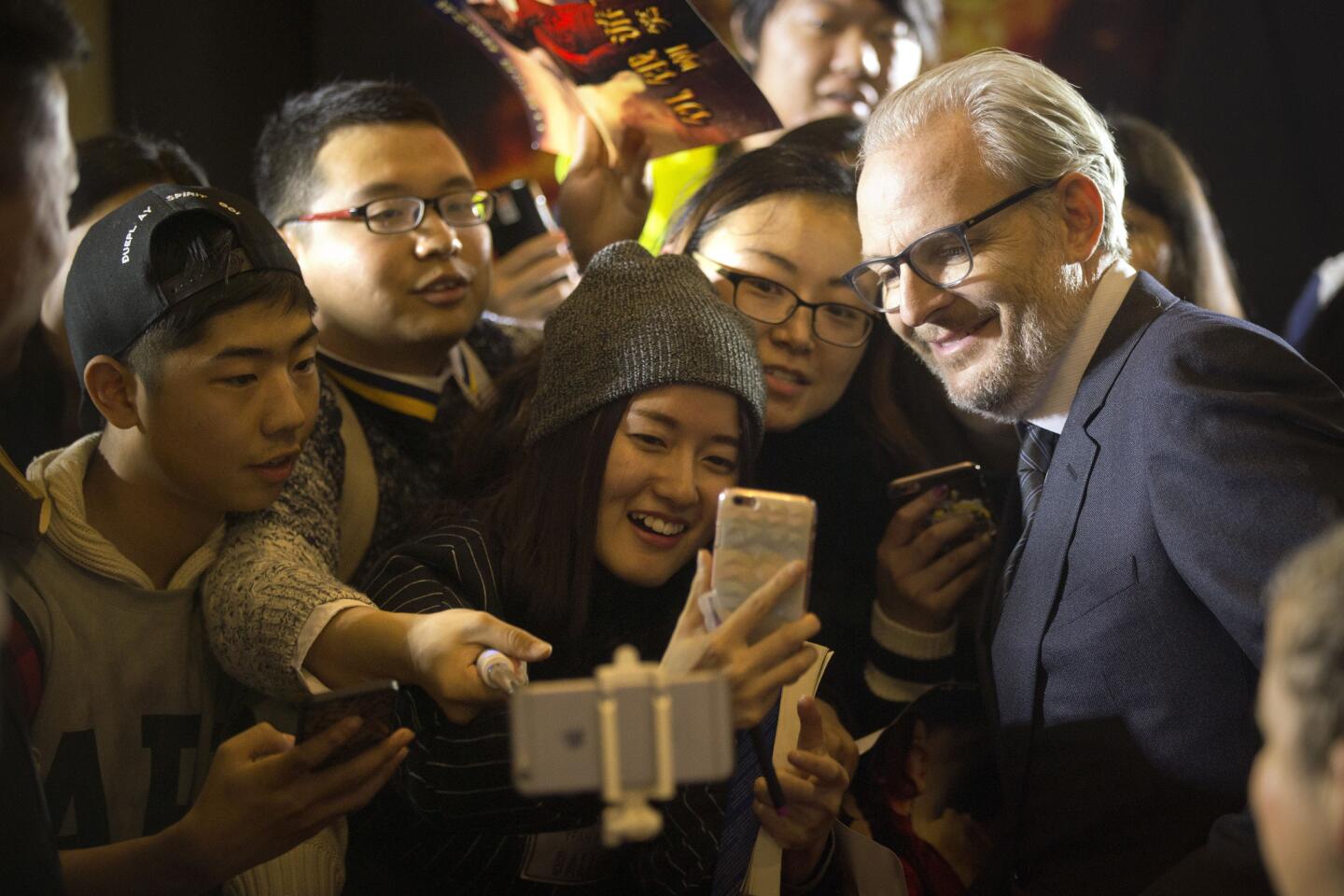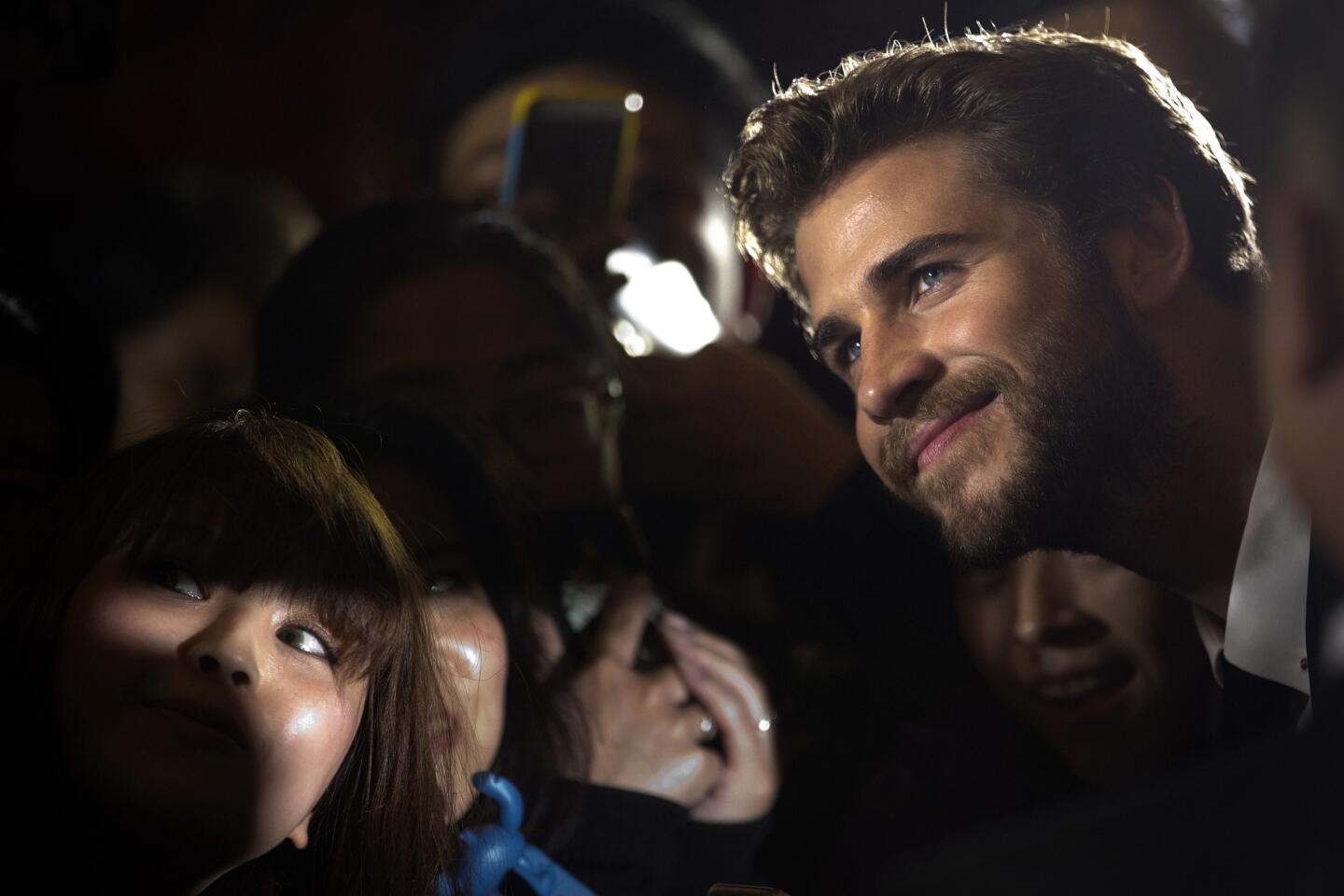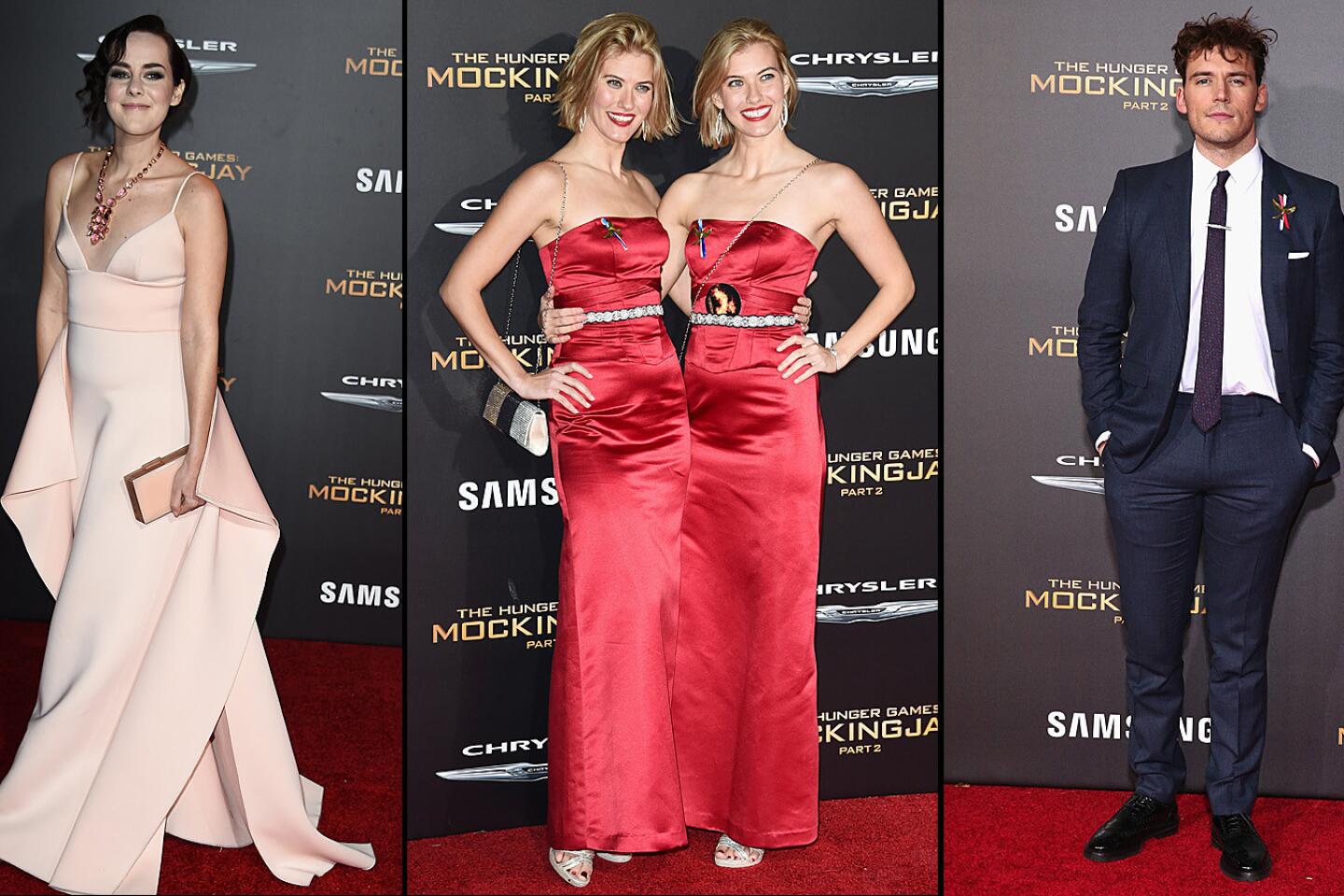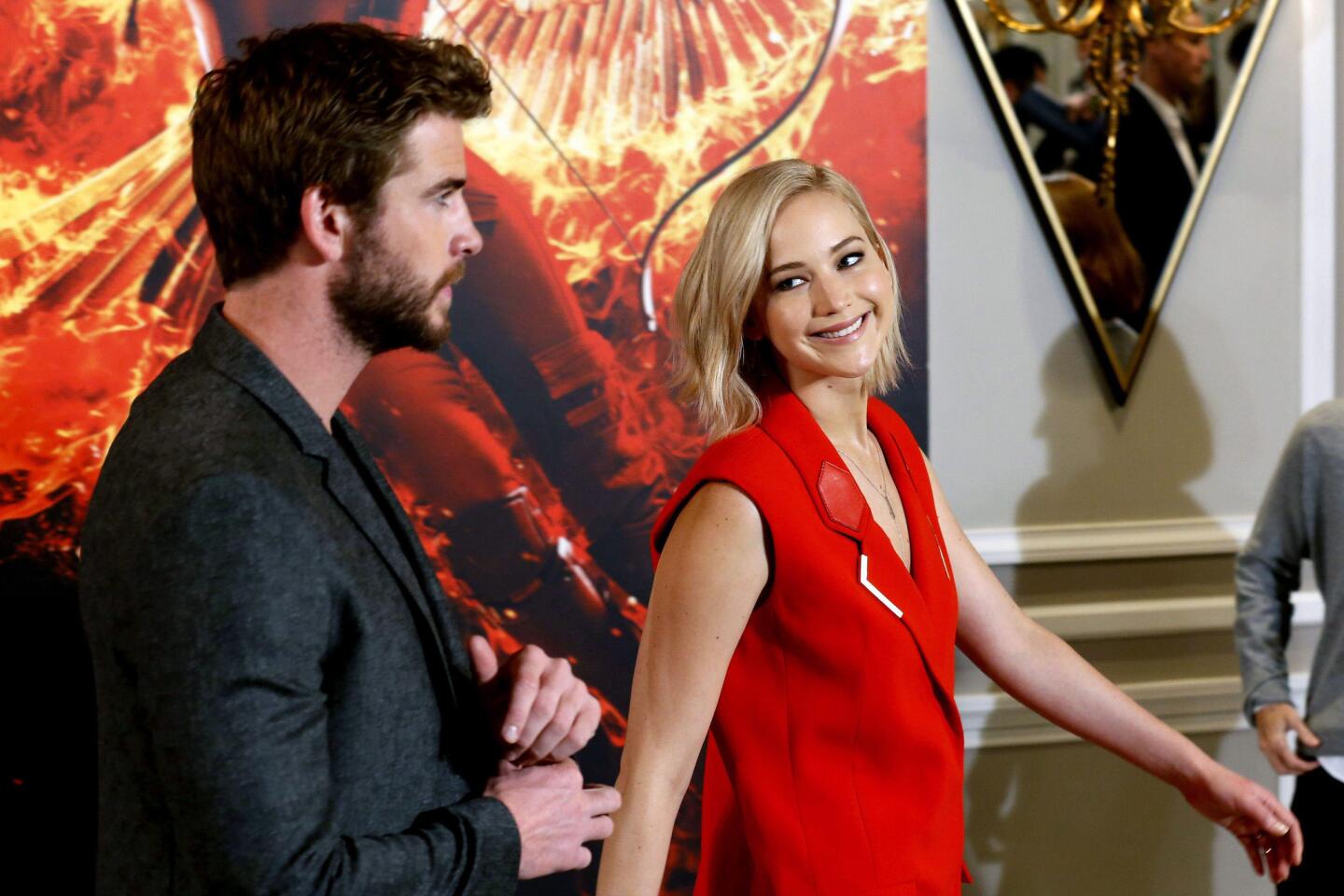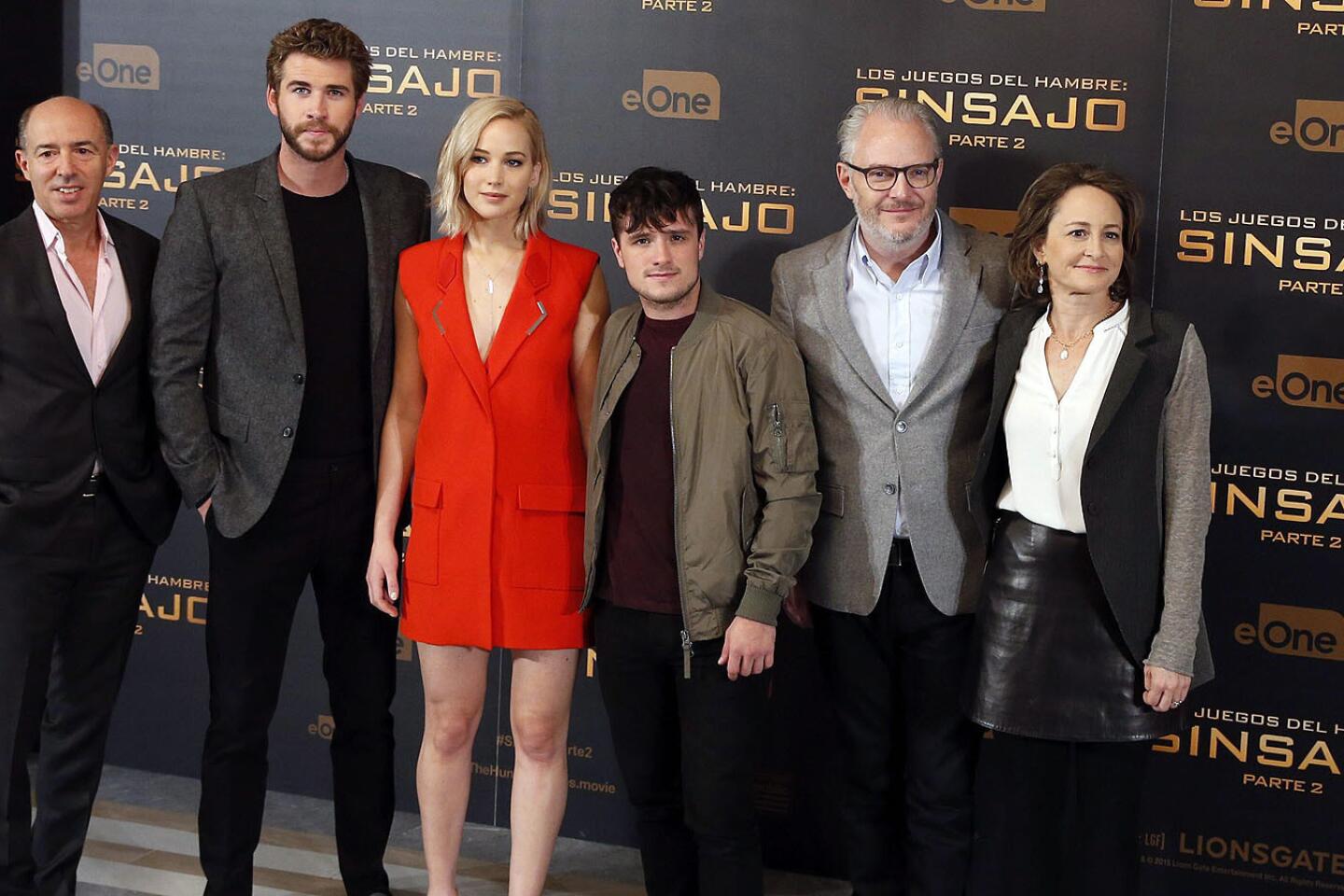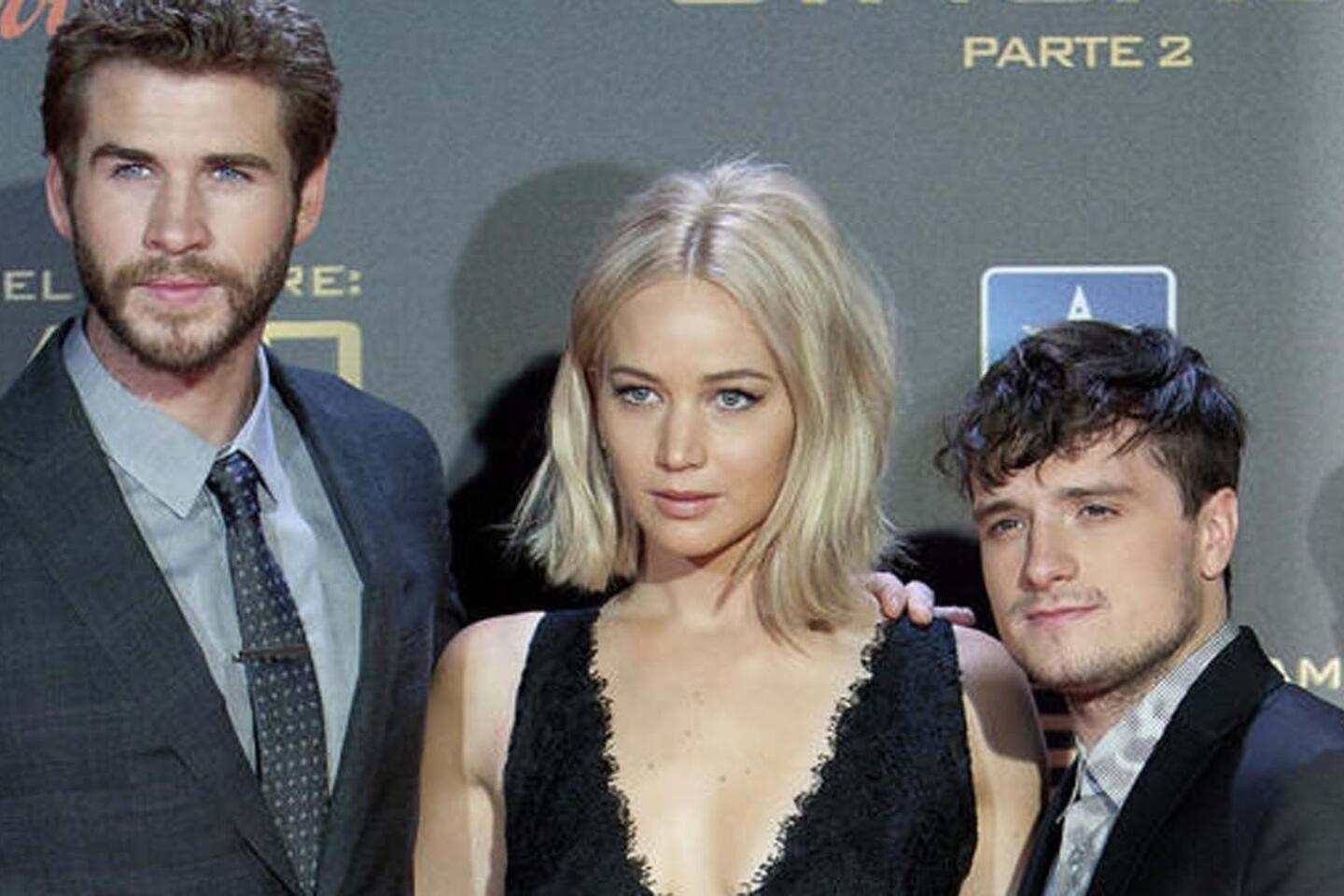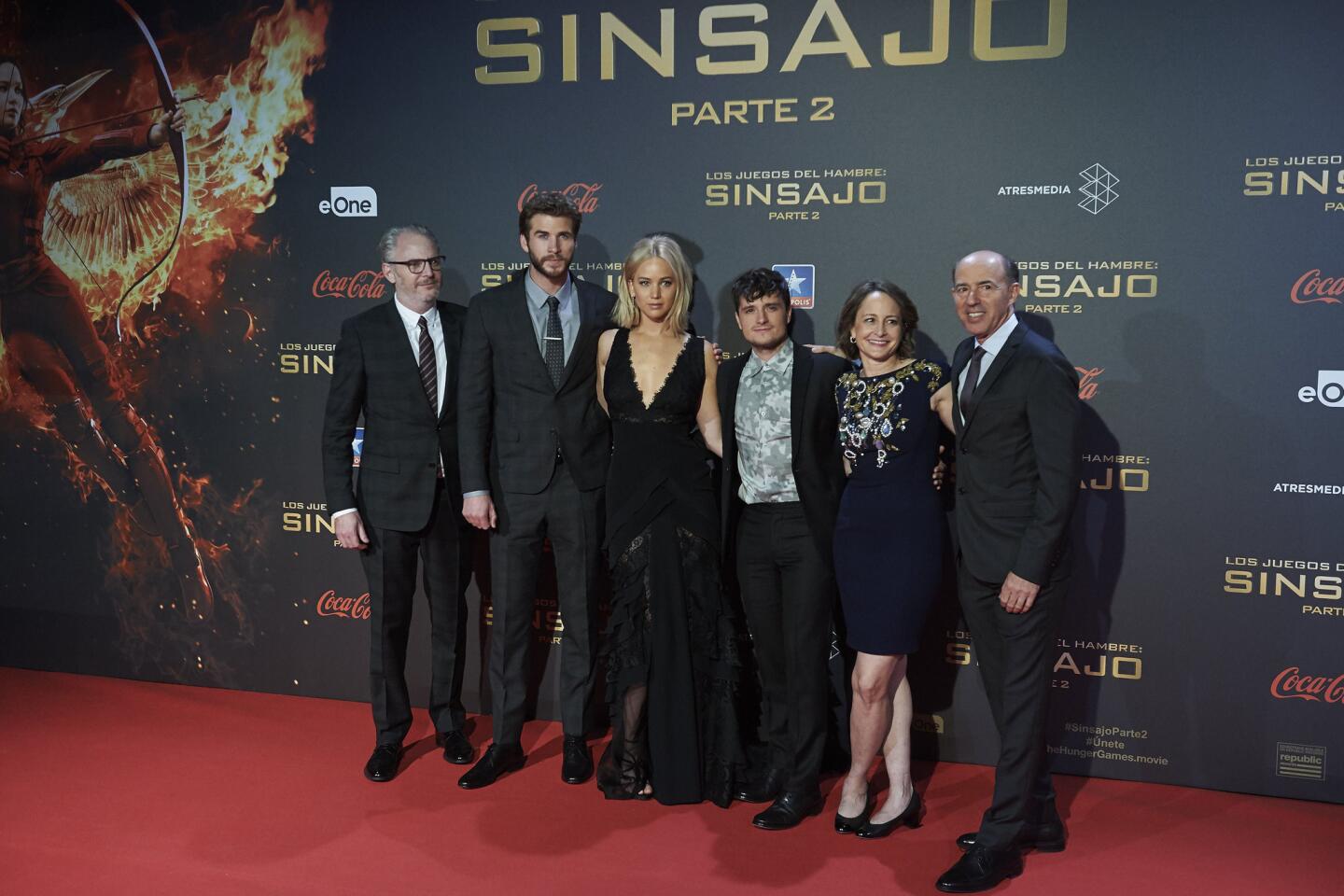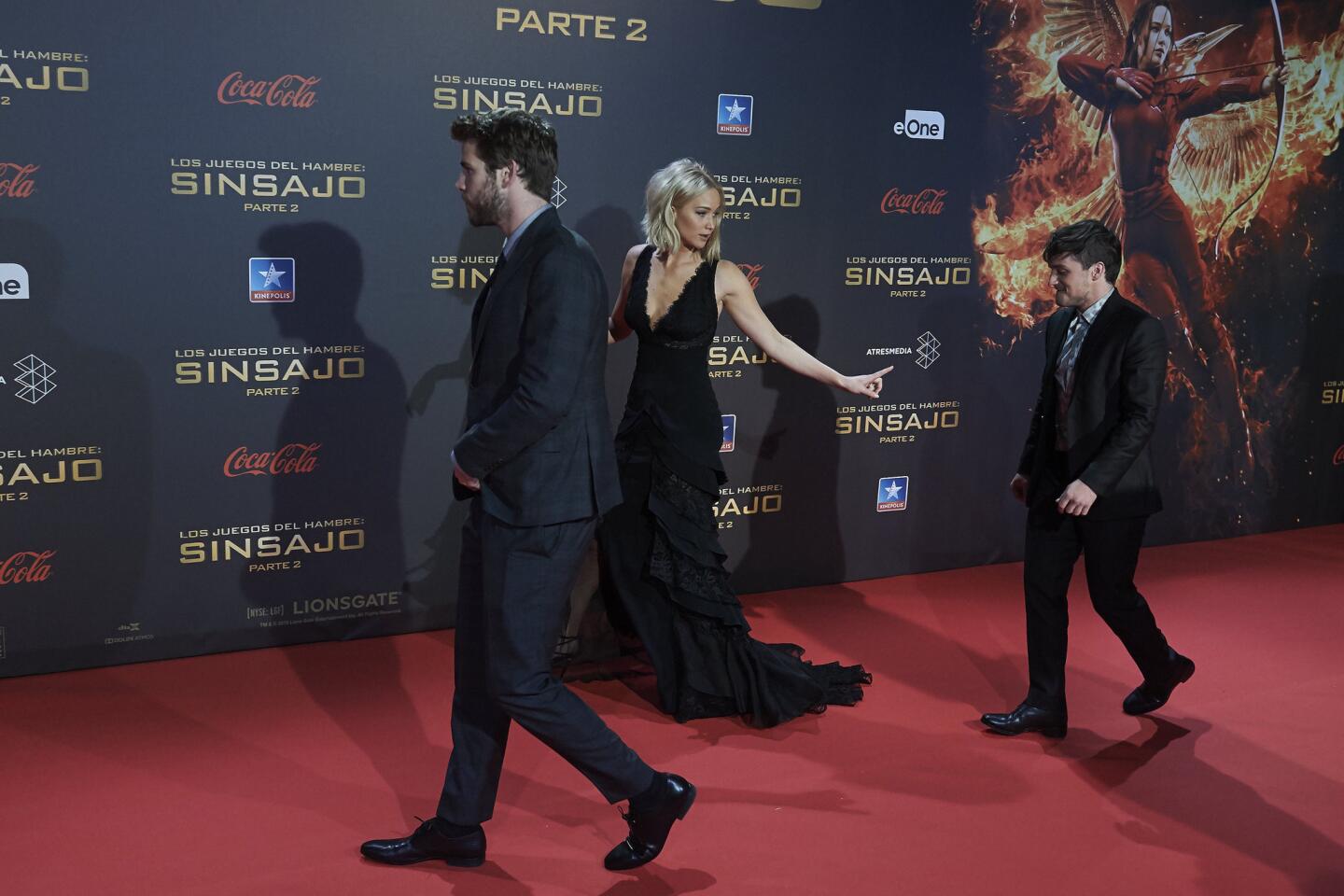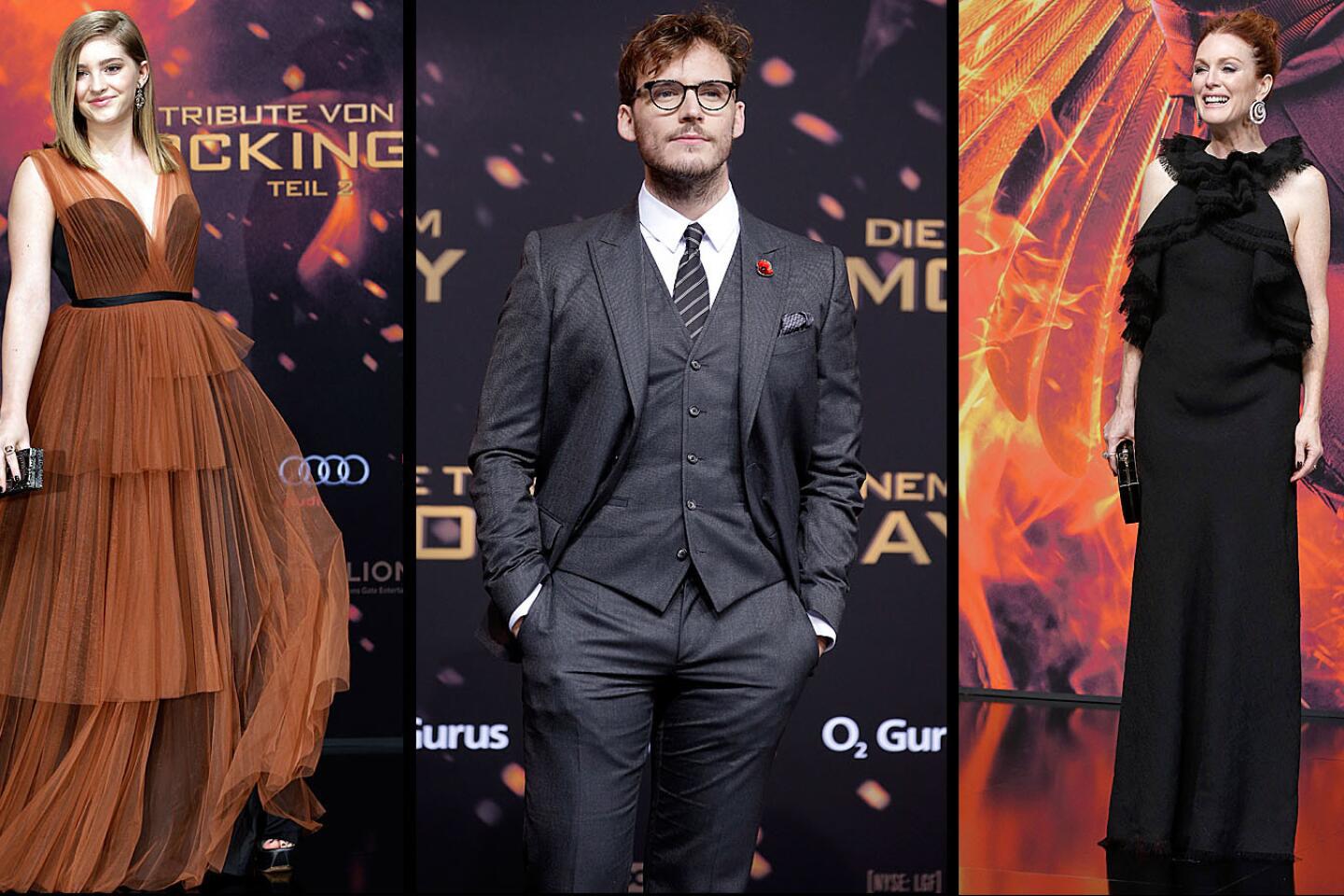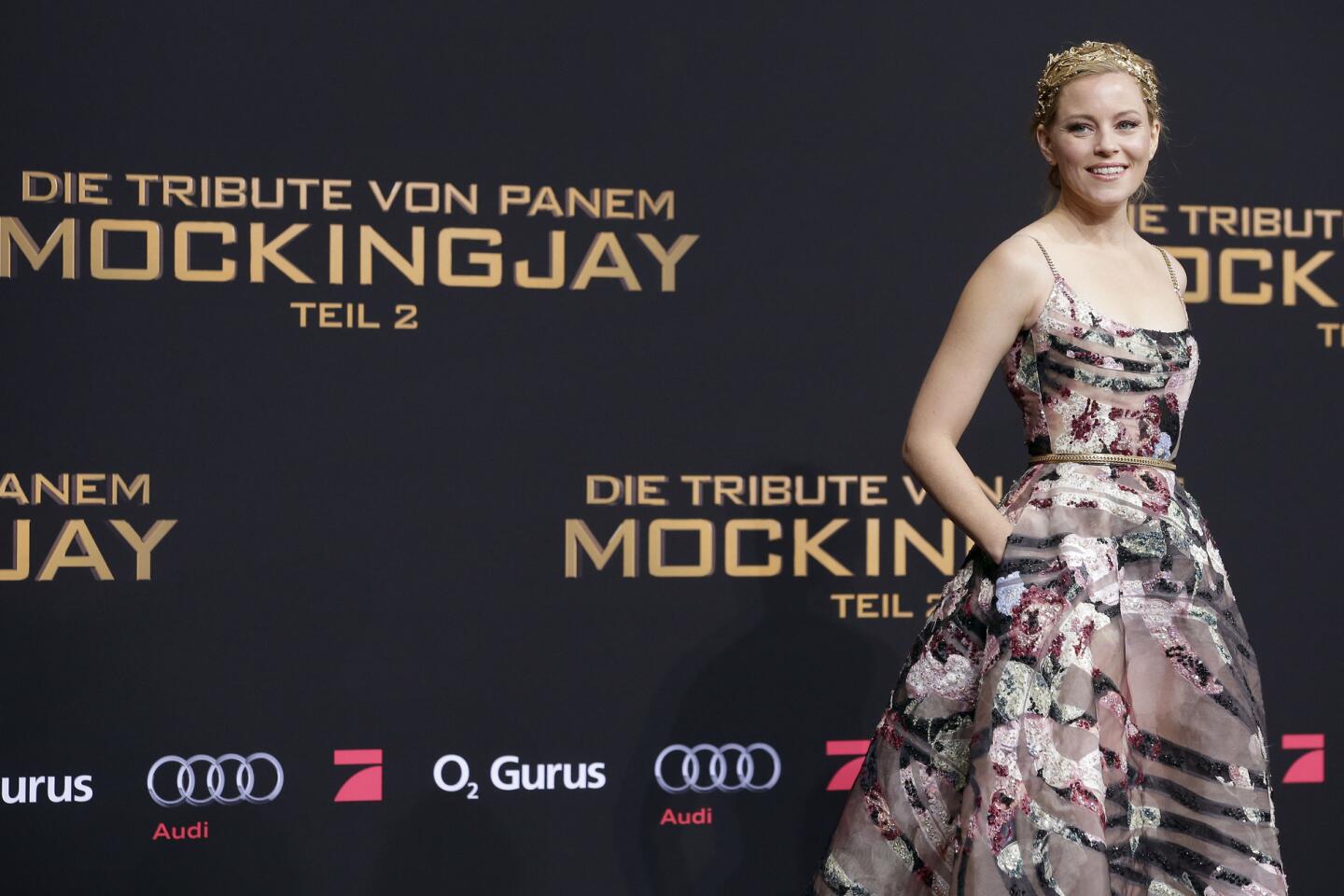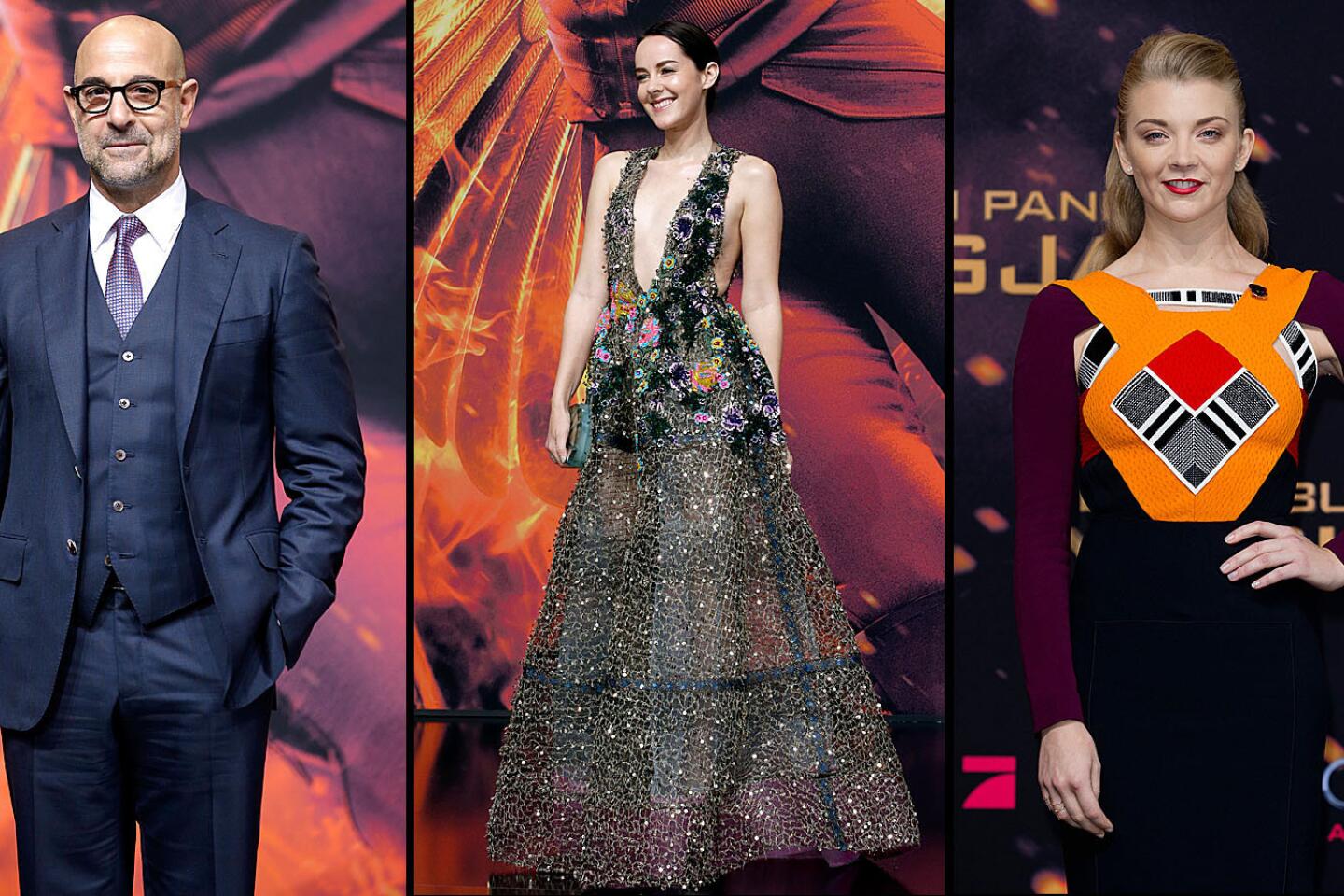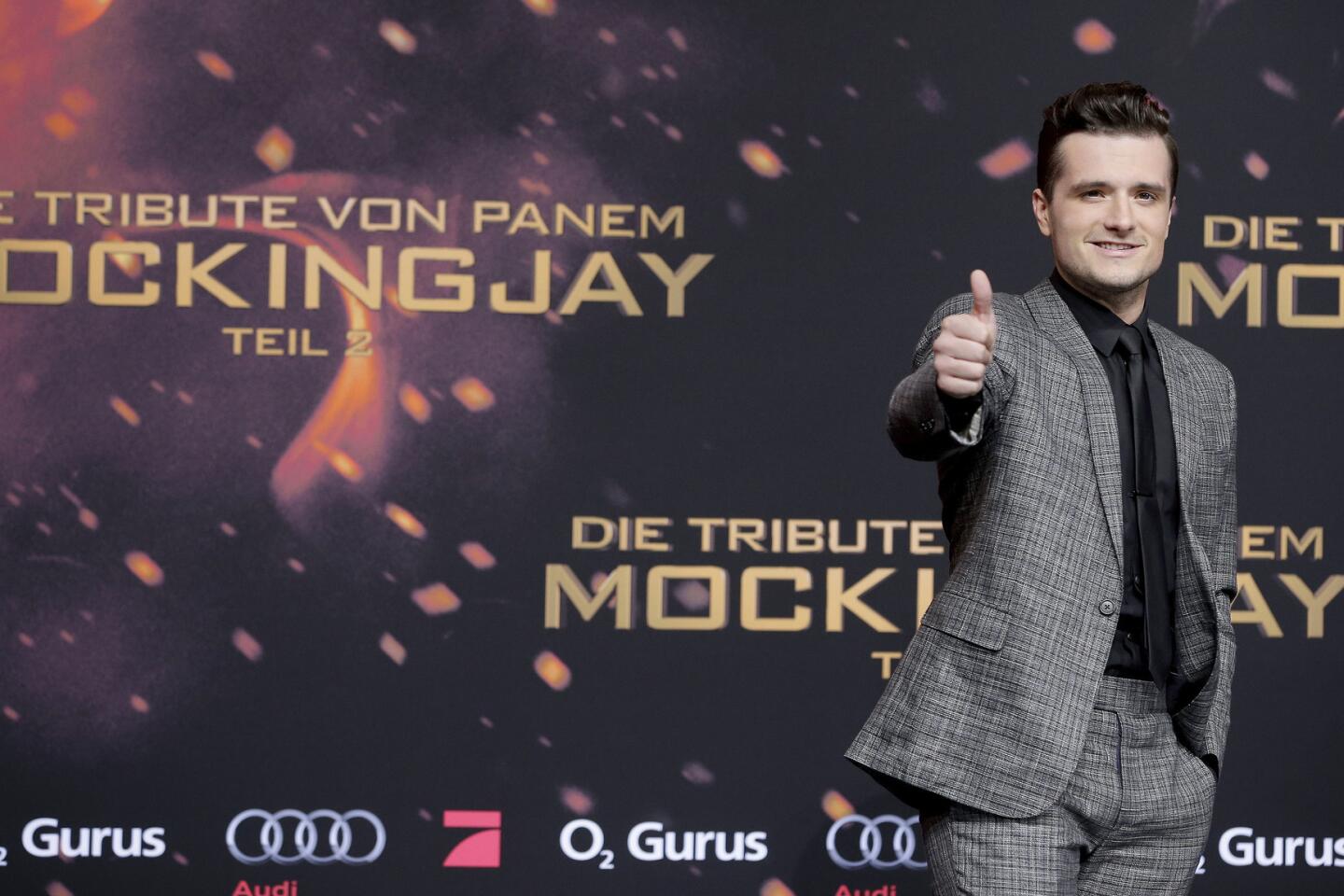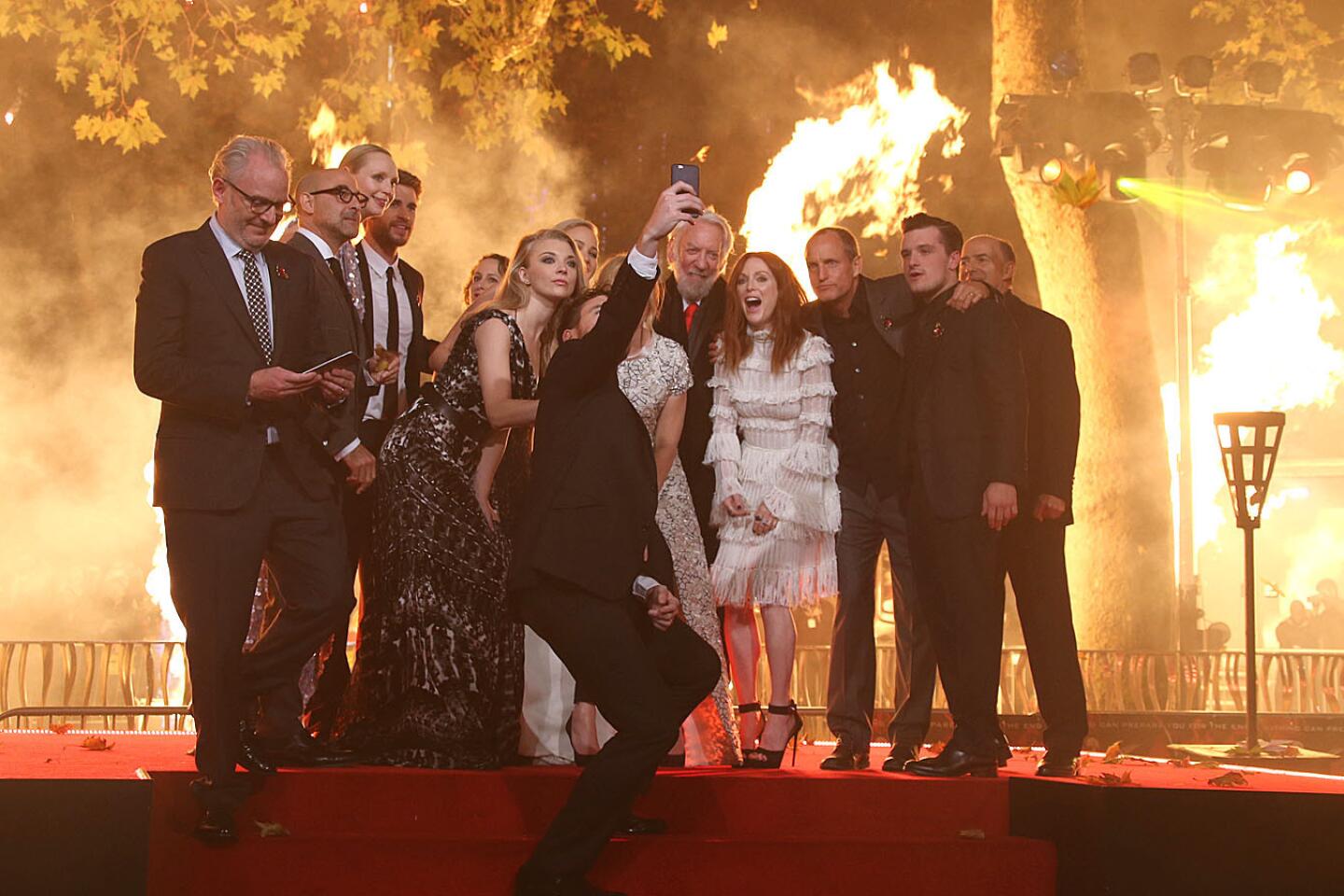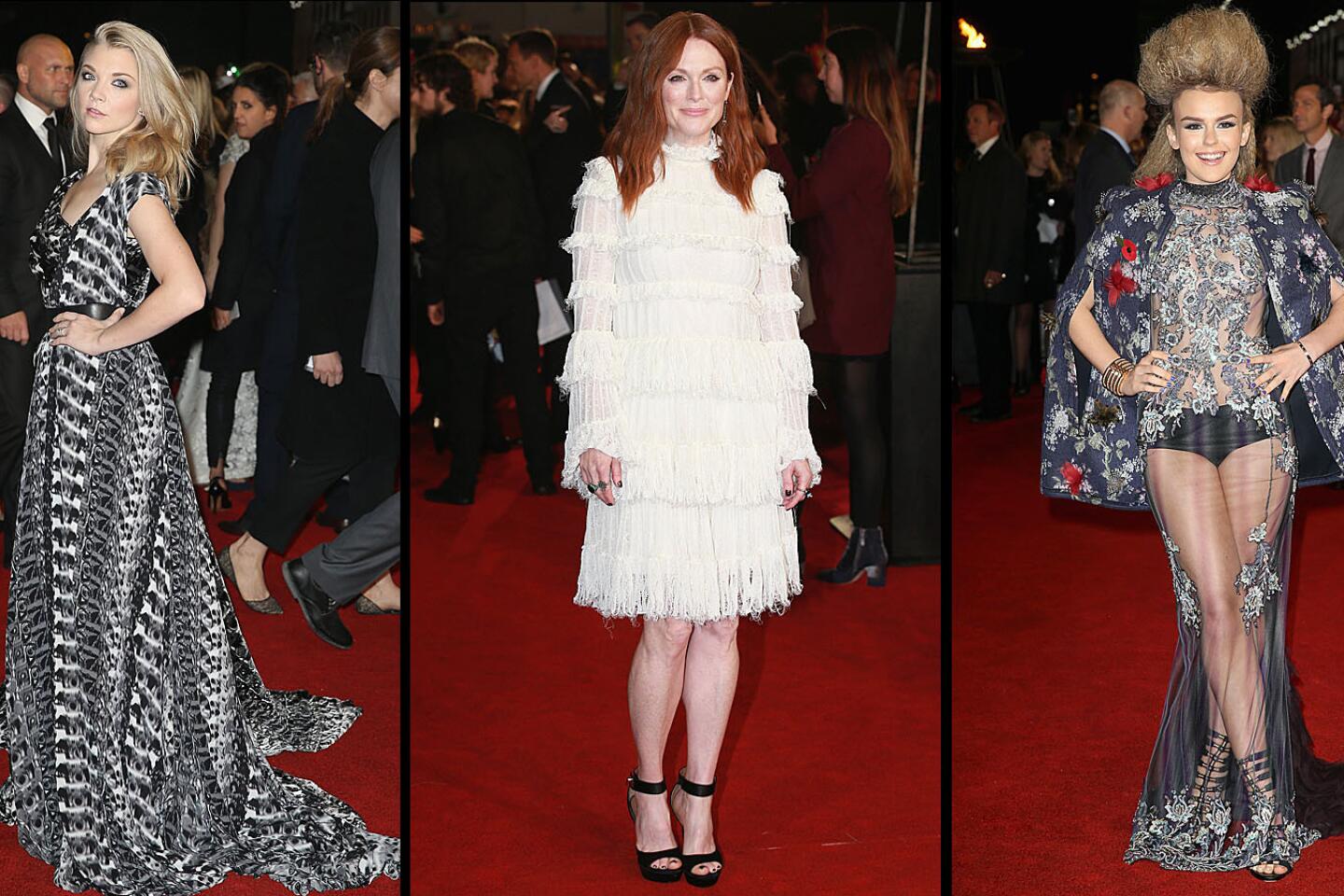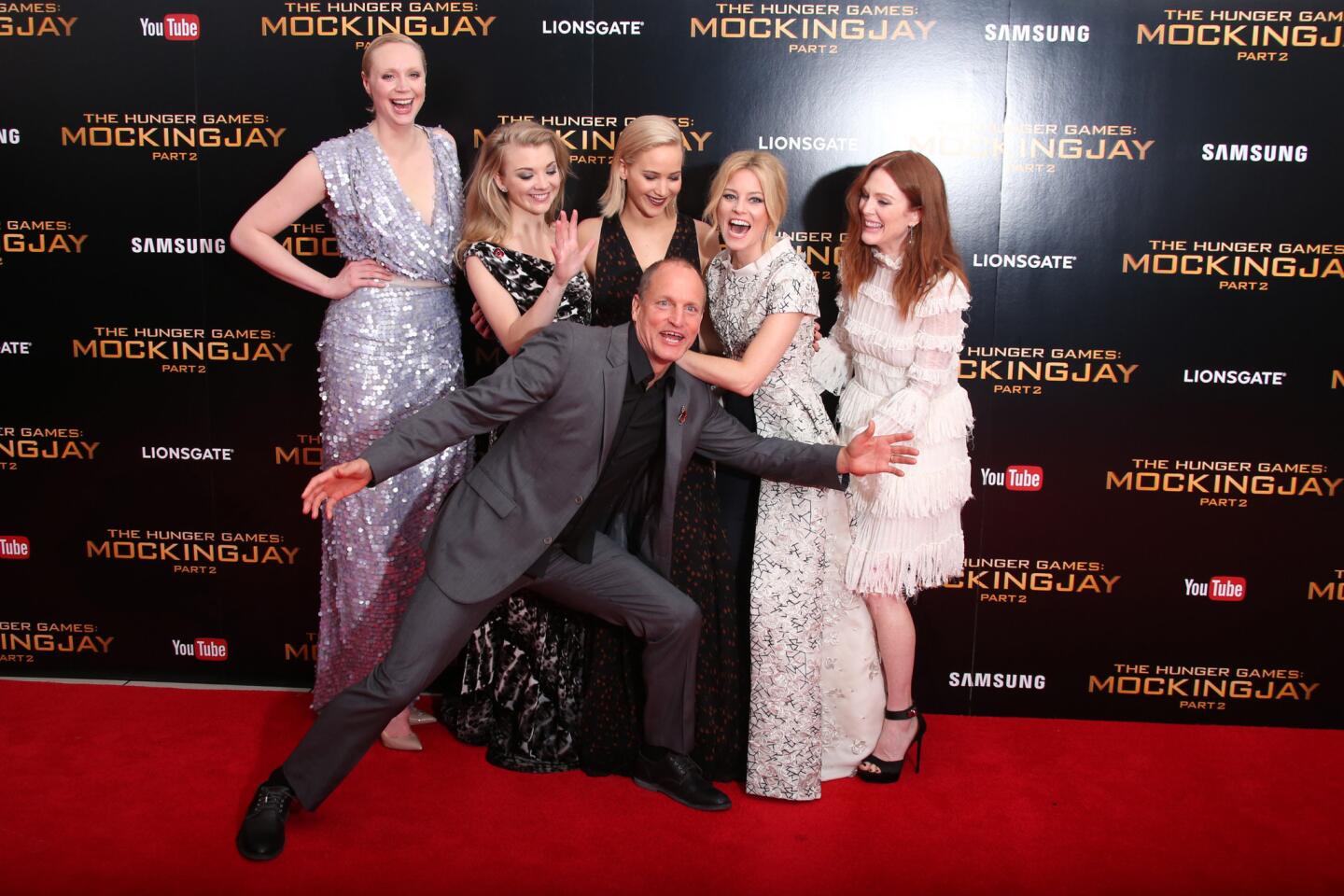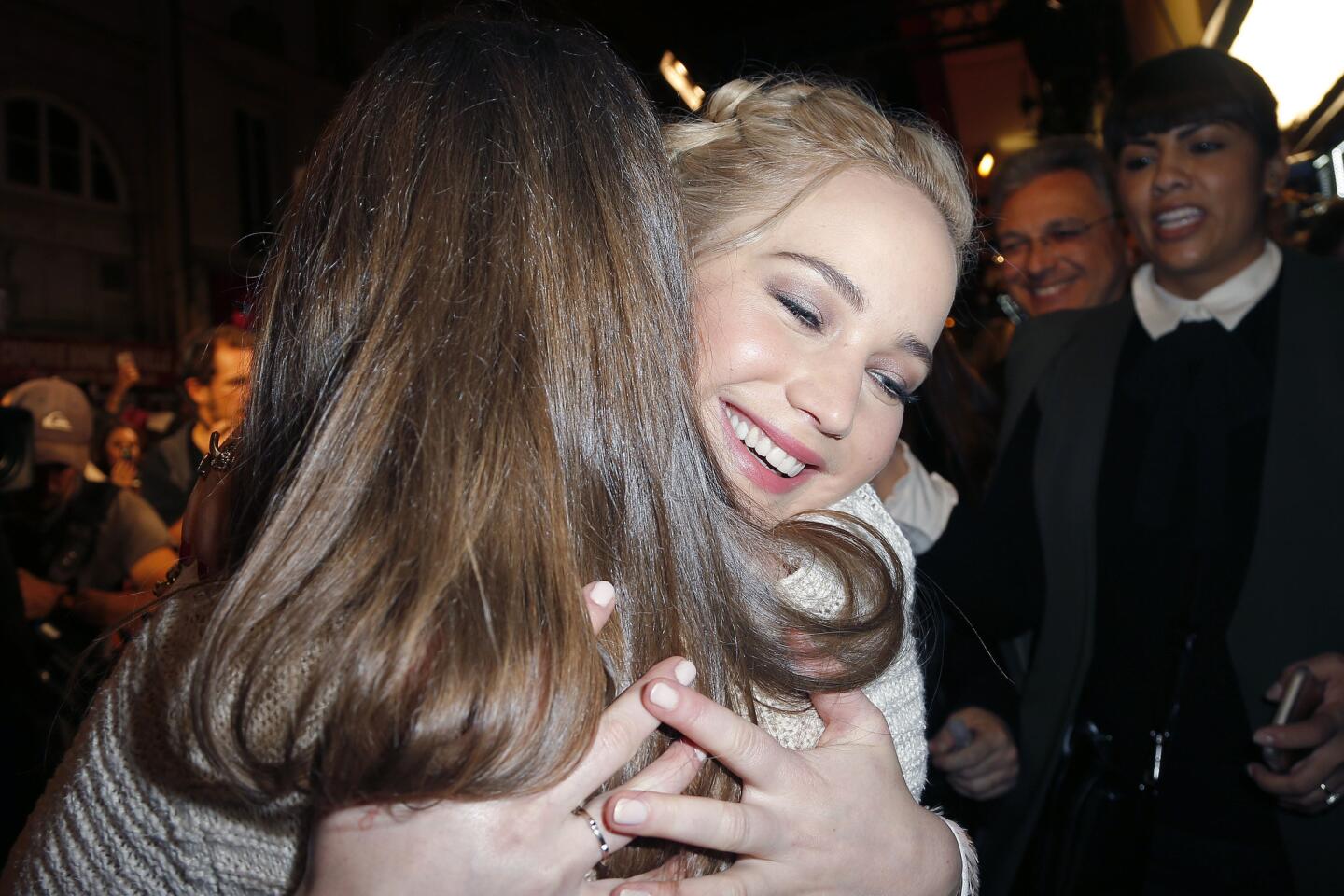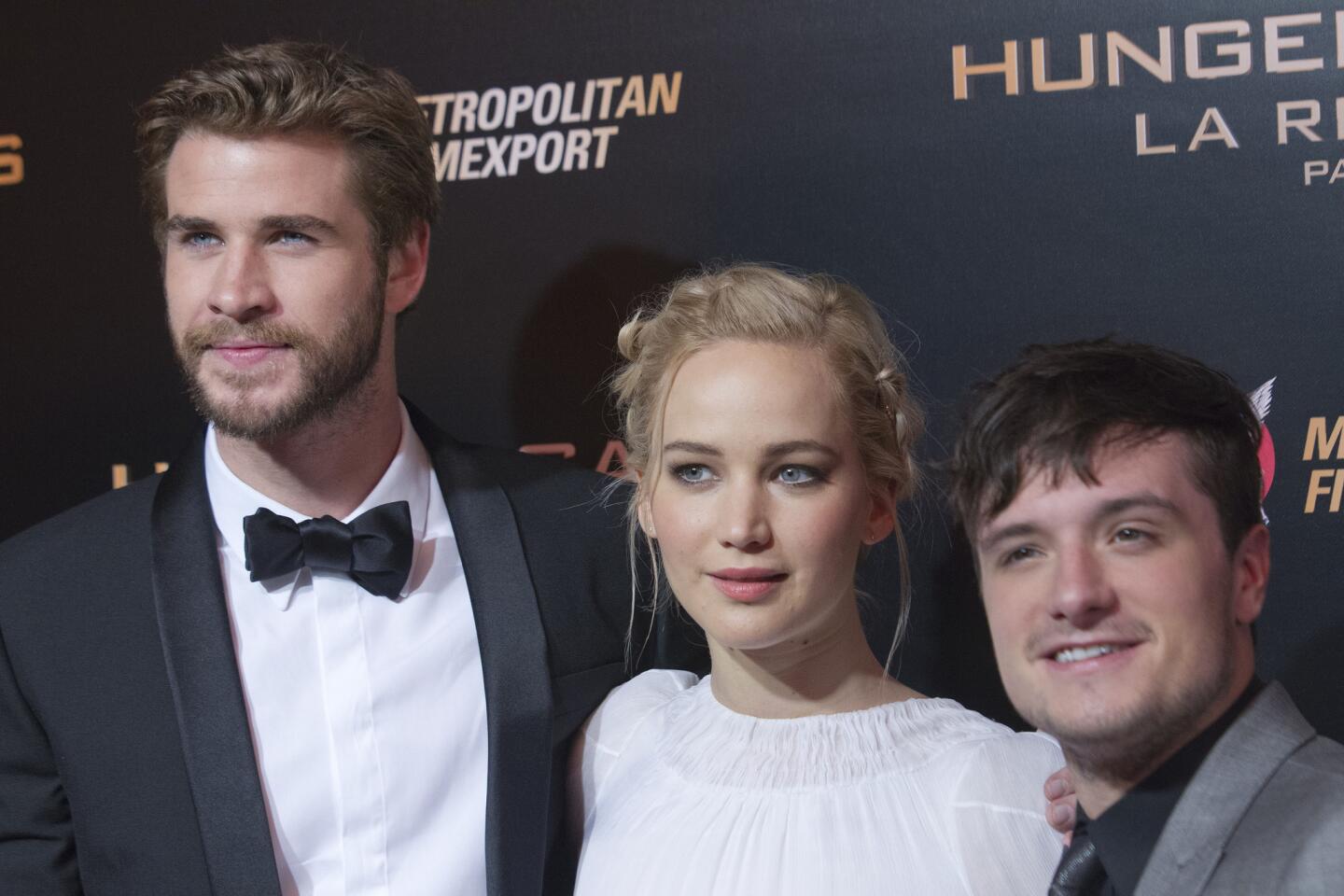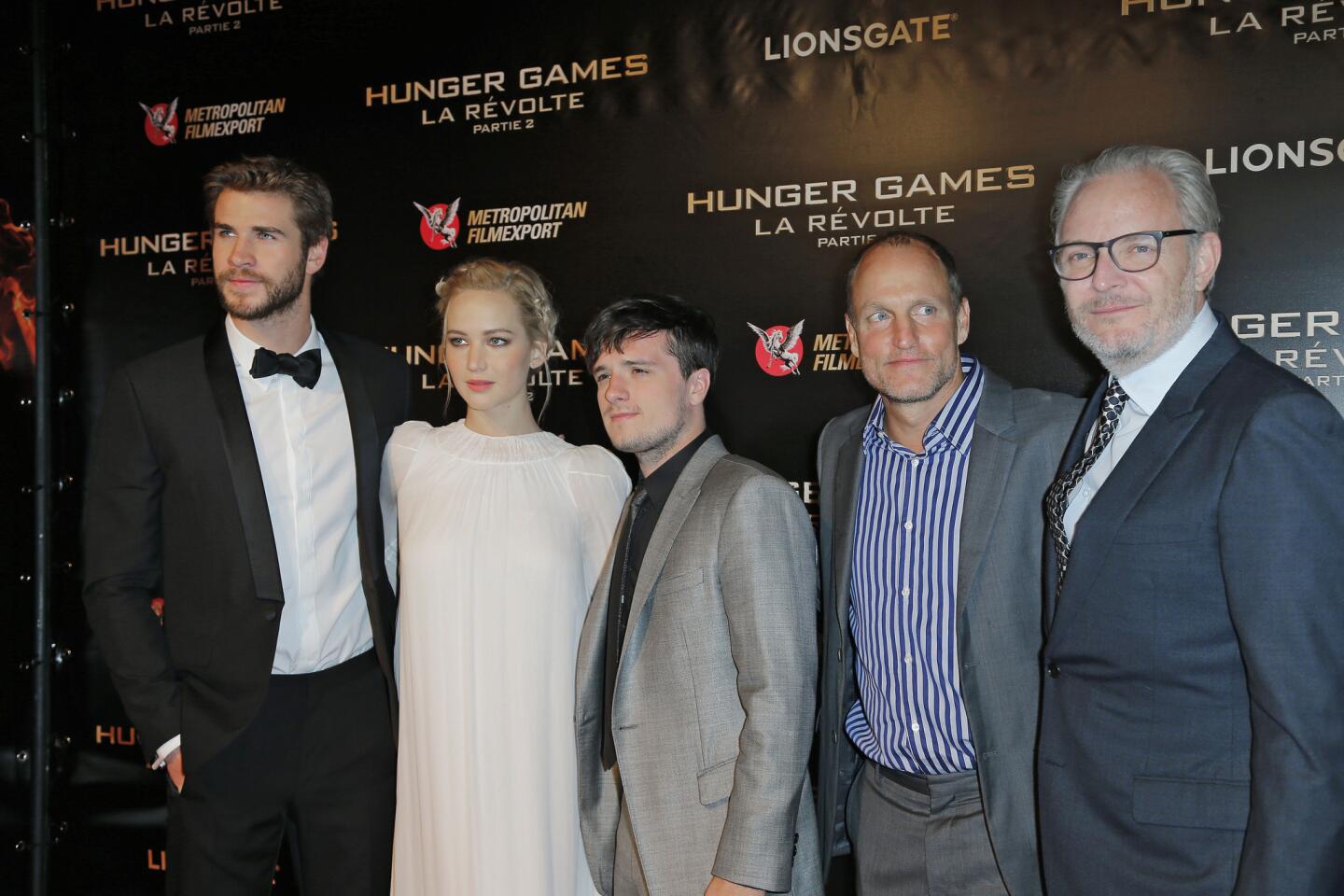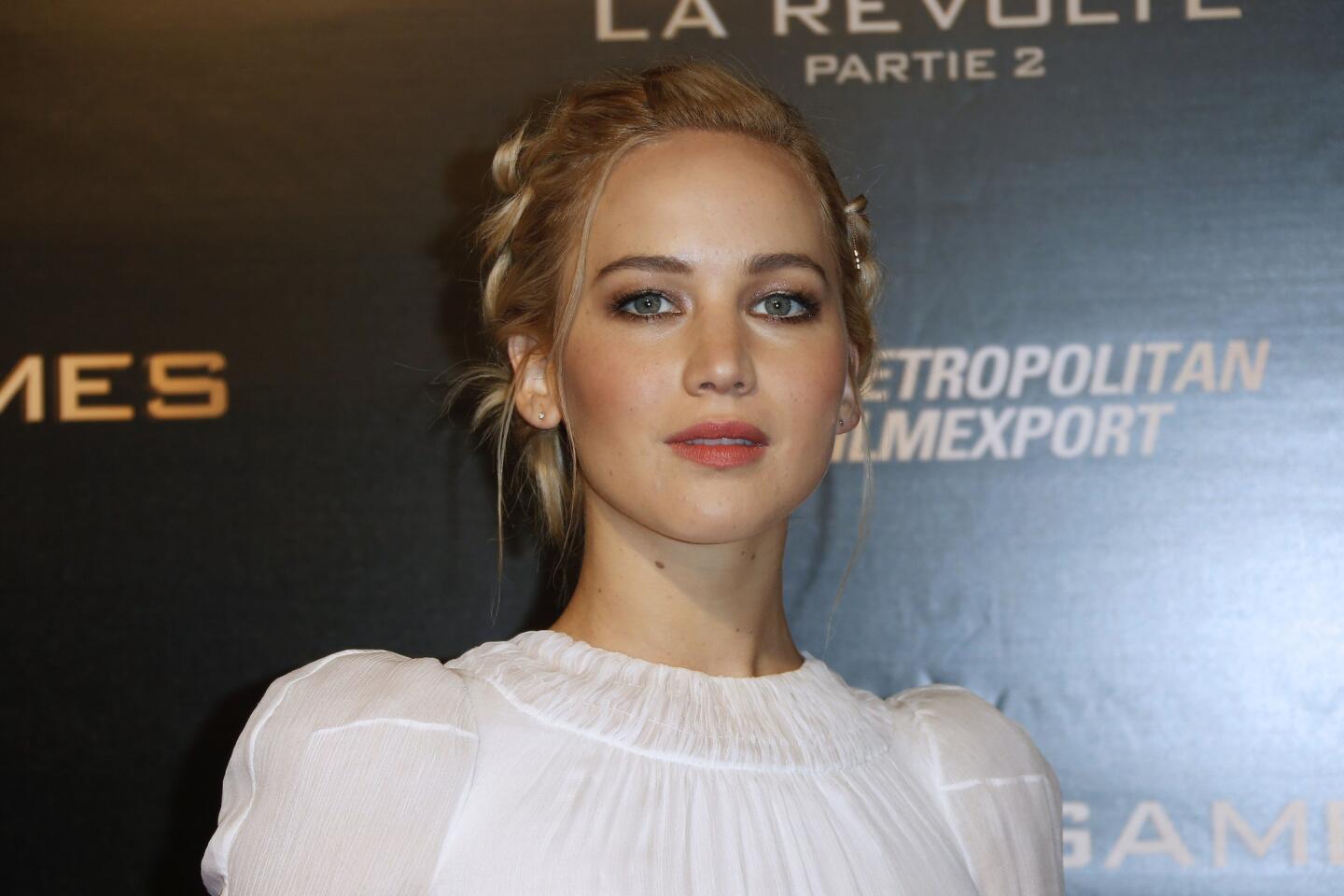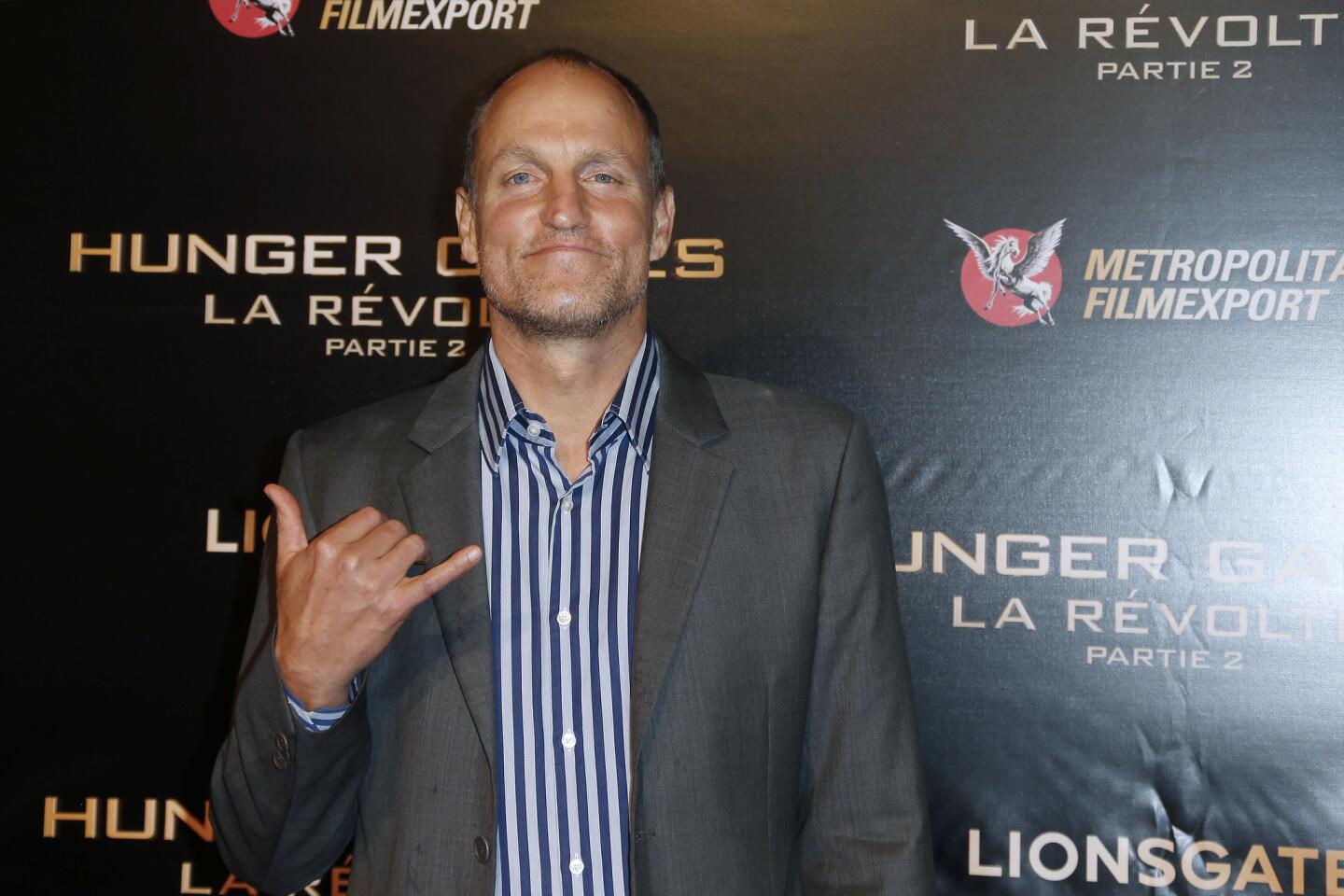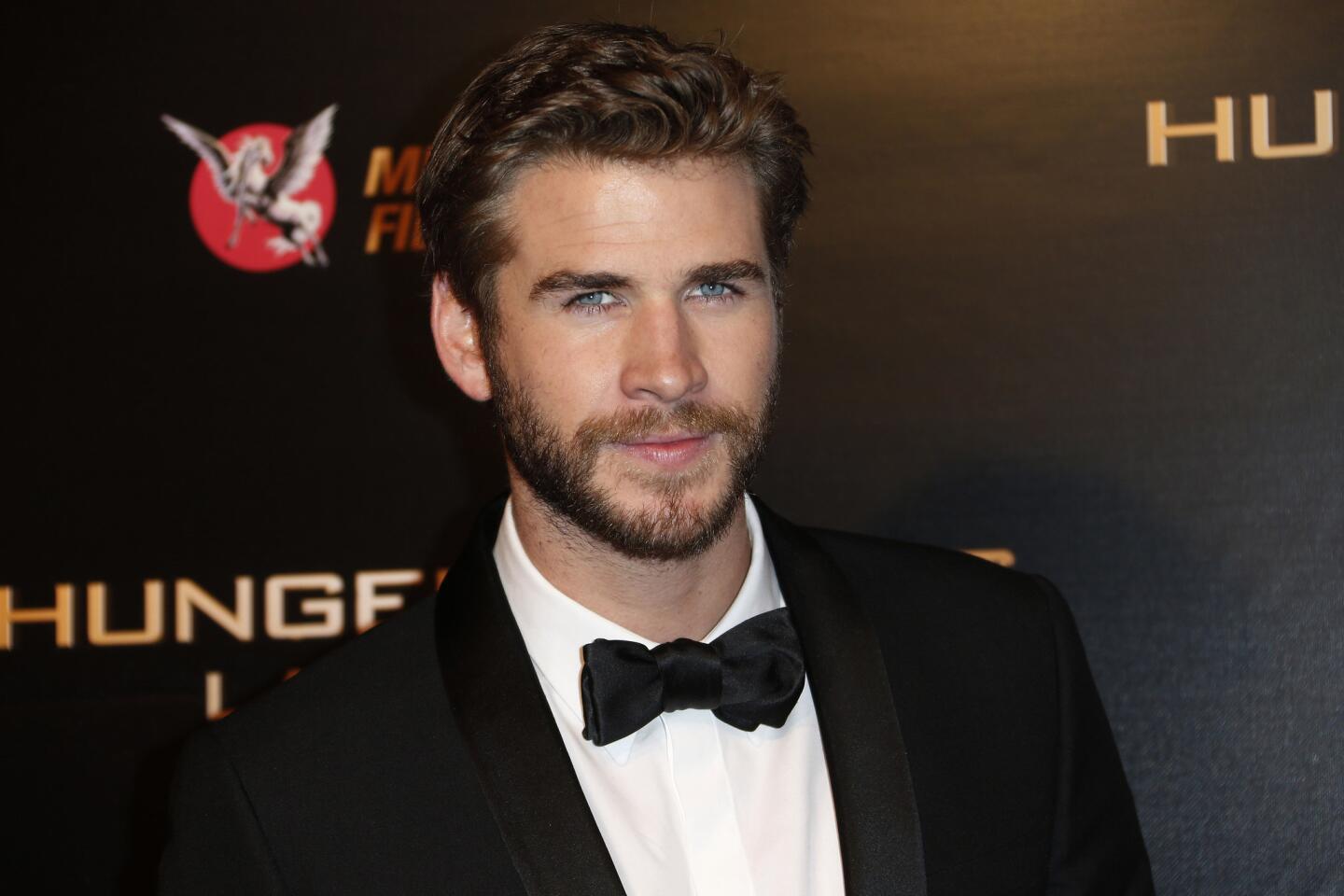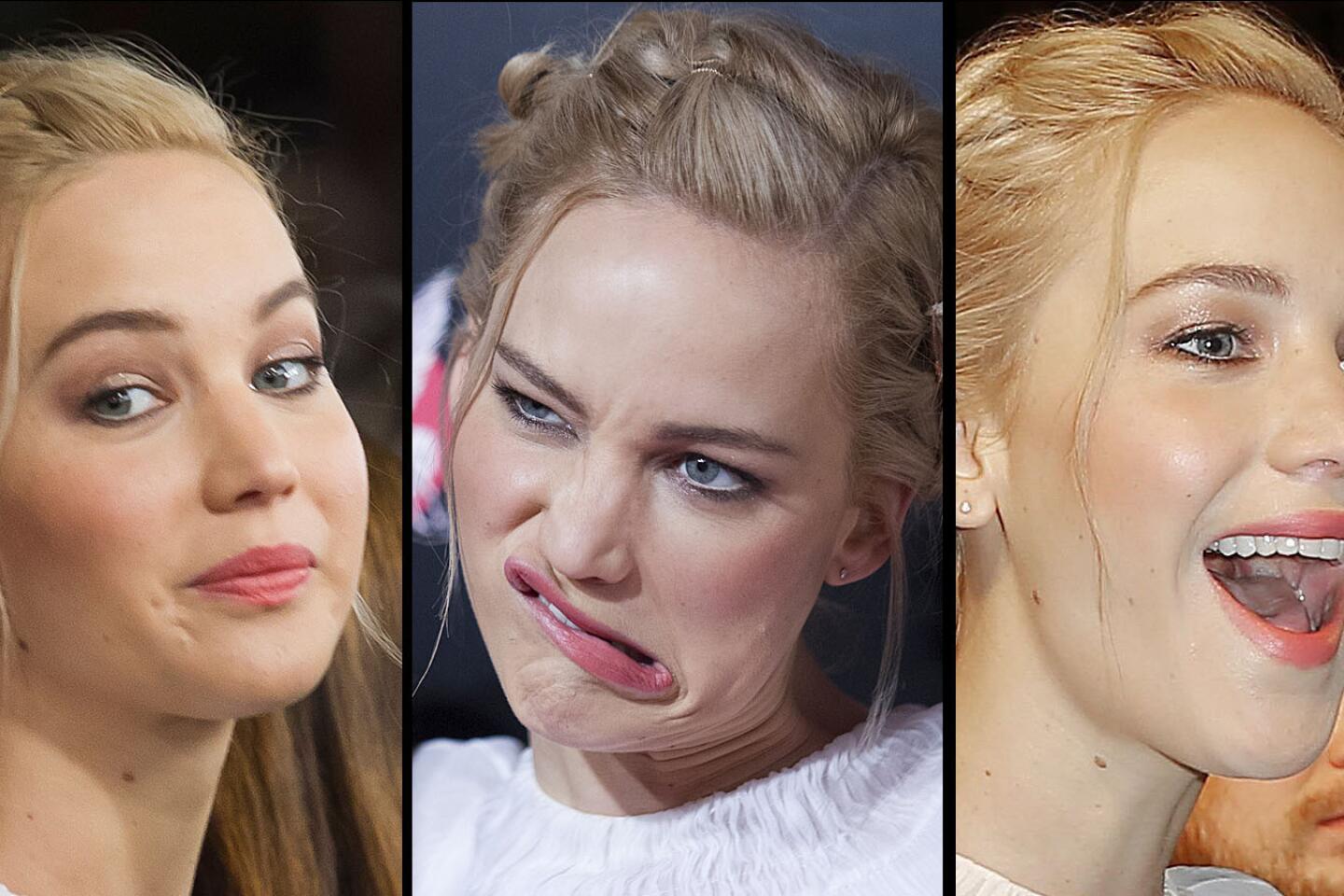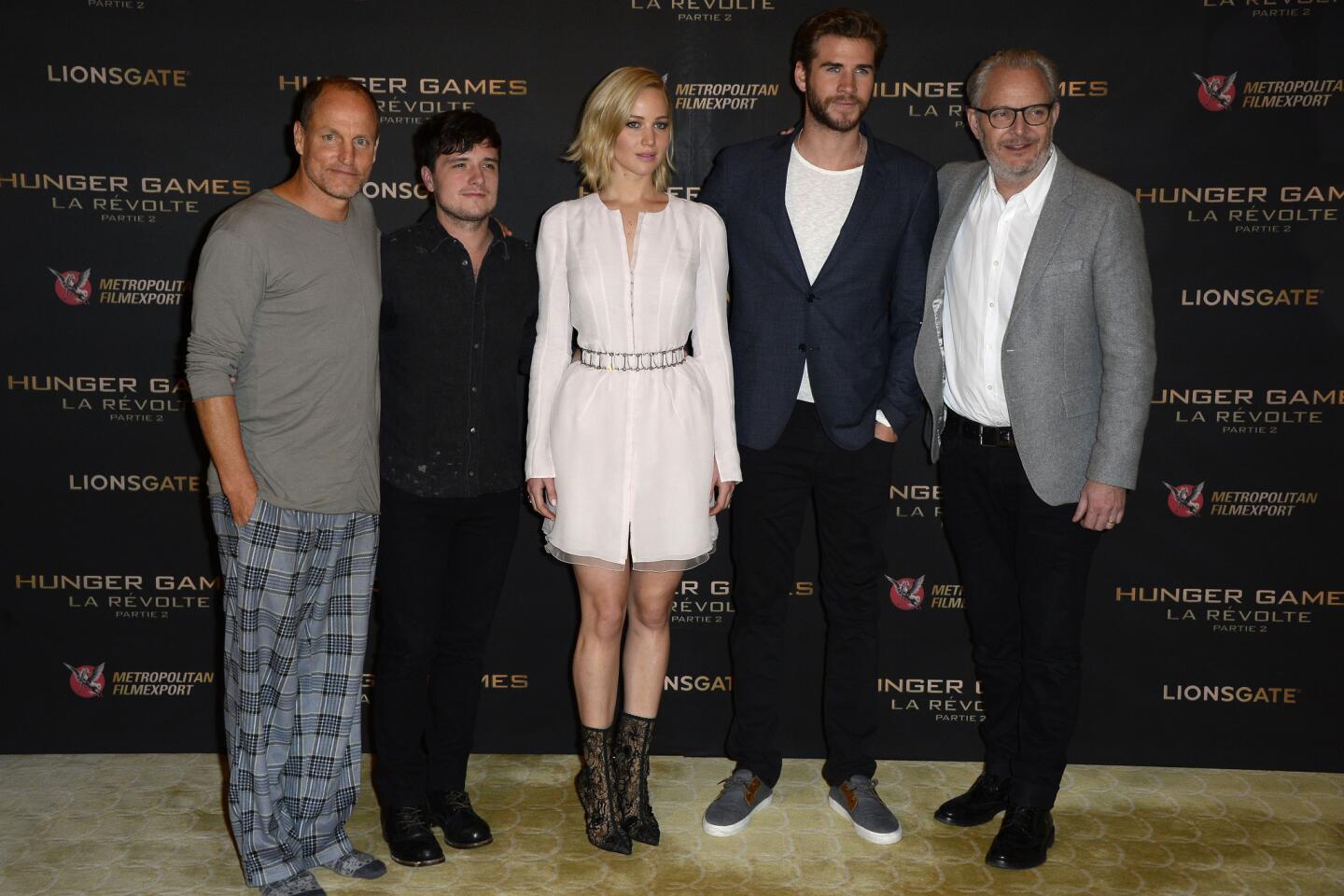Q&A: ‘Hunger Games’ director reveals the one thing he refused to put in ‘Mockingjay Part 2,’ despite fan requests
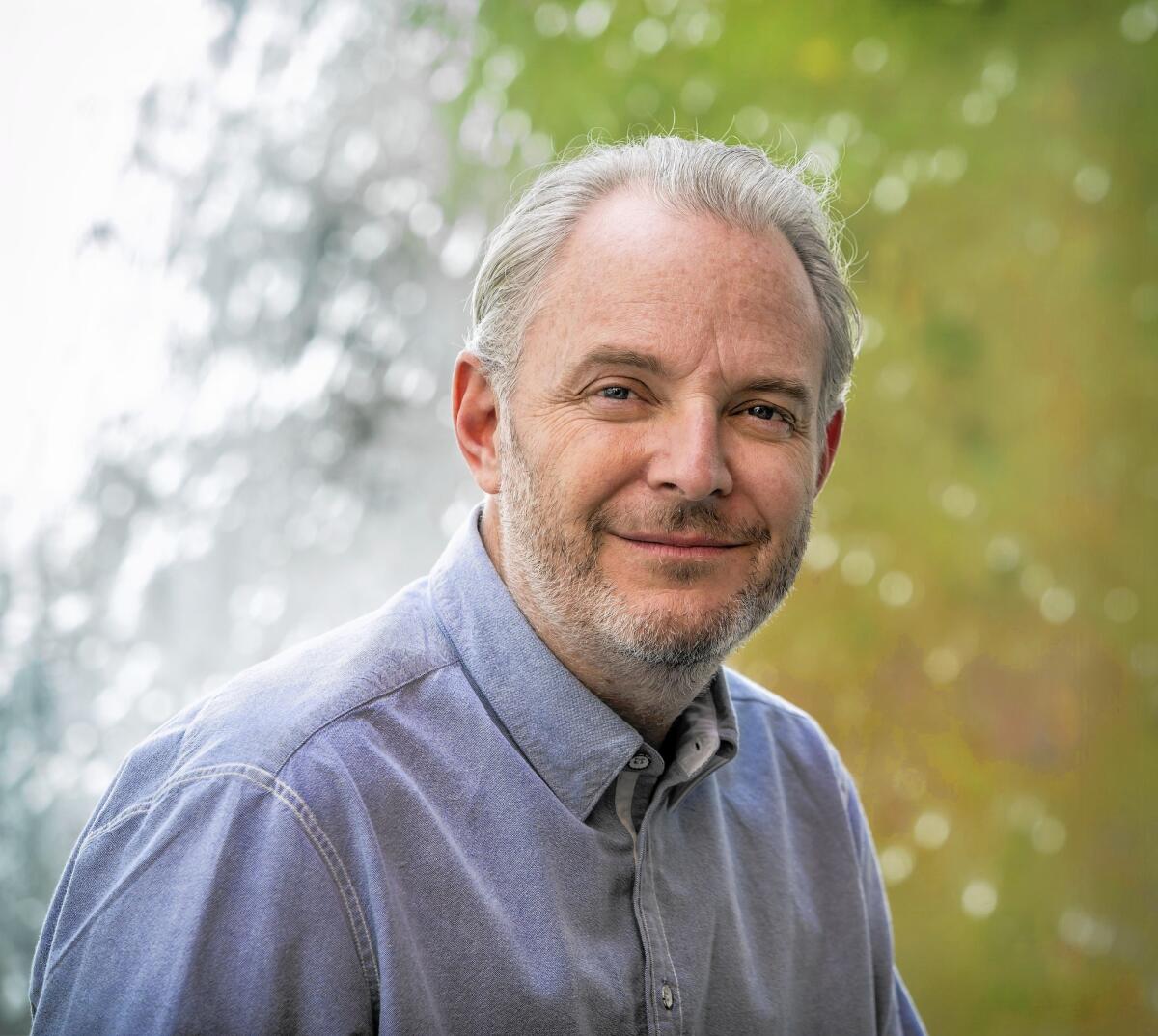
This week all the world will watch as Jennifer Lawrence and her magnificent braid launch a final assault on the Capitol. But the real victors of “The Hunger Games” franchise are the fans. For the rabid “Team Katniss” cheerleaders — who turned a book series about teens killing one another for sport into a massive franchise — their “Mockingjay” is director Francis Lawrence, who volunteered as tribute to finish off this four-part film series after the first director, Gary Ross, exited the arena.
SIGN UP for the free Indie Focus movies newsletter >>
But before the public could get a glimpse of the new society Katniss Everdeen would help inspire in the fictional world of Panem on film, the real cast of young actors would have to traverse the globe on a farewell media tour for “The Hunger Games: Mockingjay — Part 2,” the franchise’s final installment. Not unlike the victory lap Katniss and Peeta would take after their own win in the arena.
When the tour made its way to Los Angeles, we caught up with director Lawrence.
“The Hunger Games” books and first movie were hugely successful, but were you surprised by the reach and staying power of the characters once you joined the franchise?
[When] I signed on for the second movie ... my worry was that [just because] people liked the first book that doesn’t mean they’d like all of the books. You never know if they’re really into the whole series. And if you look at box office patterns of franchises there’s a lot of variation. So for the second movie to do better than the first isn’t always the case. I was definitely surprised.
Many feel that part of that success came from the way you approached a lot of the material the way a fan might, even paying attention to details in “Catching Fire,” like recasting the cat so it would be orange as Collins described in the books.
One of the big pitches I made was that I didn’t want to reinvent, I wanted to make the book. Everybody was with me on that; obviously so was Suzanne Collins. Luckily, Suzanne isn’t a total stickler about everything; she’s a great collaborator. Fans get attached to things, and they get attached to things like that cat. The idea, which was actually put forth to me by Nina [Jacobson], the producer, who said, “Maybe we should just recast the cat?” They were worried that I might have issues with suddenly there’s inconsistencies with the cat from one and two. But I didn’t care. I would rather fans be happy.
You’ve now spent so much time with Jennifer Lawrence. How has she changed as an actress and a person?
She hasn’t really, which is kind of interesting. She’s really instinctual, hates rehearsal. Doesn’t like to talk about it all that much. So she and I talk before a shoot; I kind of run her through the script and talk about how I see the character and what the emotional arc and journey is, and she listens. If she has thoughts she sort of chimes in and then on any day, depending on scene, I just kind of try to land her as best as I can in her narrative and she goes with it.
For the second movie to do better than the first isn’t always the case. I was definitely surprised.
— “Mockingjay” director Francis Lawrence
You filmed the epilogue much later than the rest of the film. Did that feel like a farewell for you?
The real end for me [was during] the end of our main shooting production. I sort of thought going back and shooting that epilogue would feel like the end; instead it felt like a little get together. We were all happy to do it, but it didn’t feel emotional again. The final scene of our main production, principal photography was the scene where Woody [Harrelson] brings a letter to her [Katniss]. We shot that in Berlin, that was the last scene and that was by far the most emotional.
We had shot two movies back-to-back, 155 days, three countries, it was a scene that was supposed to be Philip Seymour Hoffman but because he died it was rewritten for Woody. We were shooting it so we were relieved and we were tired and wanted to go home, and we knew it was the end. It was a pretty emotional time.
It was a pretty emotional scene, going into the movie knowing about the passing of Hoffman. It has outside sadness attached to it. Did it feel that way when you were filming it?
Yes of course. Unfortunately in “Mockingjay 1” there was also a scene like that, that we ended up having to shoot about three or four days after he died where Elizabeth [Banks] took over a scene for him. That was really rough because it was less than a week after he had passed away. This was easier than that, because it was months and months later, but it still added an extra layer of emotion to the experience.
Also it’s the end of the movie. Typically you’re shooting stupid inserts of a pen writing a letter, a drawer opening or something like that. To be shooting this scene that has this meaning, that’s important for the movie in terms of thematics and ideas, and was a scene that Philip was supposed to do.... And also to end, after such a long time when we’ve been away from home for so long, with the lines, “What now?” “We go home.” It was really just strange and poignant.
Do you think it will be a relief not to have to shoot a movie that has an elaborate game structure at the same time you’re building character development, and dialogue? Or would you be up for the challenge again?
Oh I would be up for it again, that’s all fun.
There are a few moments that will definitely resonate with the “Hunger Games” fans, but was there ever anything fans want that you didn’t want to put in the films?
There are definitely ideas that they come up with that we don’t want to do. The “everlark” sex. Where they want Katniss and Peeta to have sex at the end of the movie, have a sex scene. There was no shooting that. These just aren’t sexual movies. The romance itself too, nobody actually has time to truly think about romance. It’s all sort of situational. It’s about comfort and trauma. She’s not pining over boys. It’s not like “Twilight.” That was all about abstinence and wanting somebody so badly. I get it in stories like that; in this, it just didn’t make sense.
The most sexual moment in any of the movies is when Johanna [Jena Malone] strips in the elevator in “Catching Fire.” That’s it. And that’s actually used to sort of intimidate and connect.
And it was great getting more Johanna in the final movie. What a fun character; she just walks away with a lot of scenes.
She blew me away. Originally I was looking for a Hispanic or black actress to play the part. And we were reading people and reading people and reading people, and didn’t find anybody. Everyone was coming in and acting bitchy [instead of] seeming really kind of unhinged and troubled. Had never met Jena before. She came in and she was really angry. She was intimidating; she was scary. I didn’t know what was going on. She just jumped right into the scene. She was amazing.
Twitter: @mdellw
ALSO:
Jennifer Lawrence and ‘The Hunger Games’ deserved a better ending than ‘Mockingjay -- Part 2’
Gwendoline Christie is such a warrior, she even fought to be in ‘Star Wars’
Woody Harrelson didn’t wear PJs to ‘Hunger Games’ photo call, responds with ‘hippie motto’
More to Read
The biggest entertainment stories
Get our big stories about Hollywood, film, television, music, arts, culture and more right in your inbox as soon as they publish.
You may occasionally receive promotional content from the Los Angeles Times.
